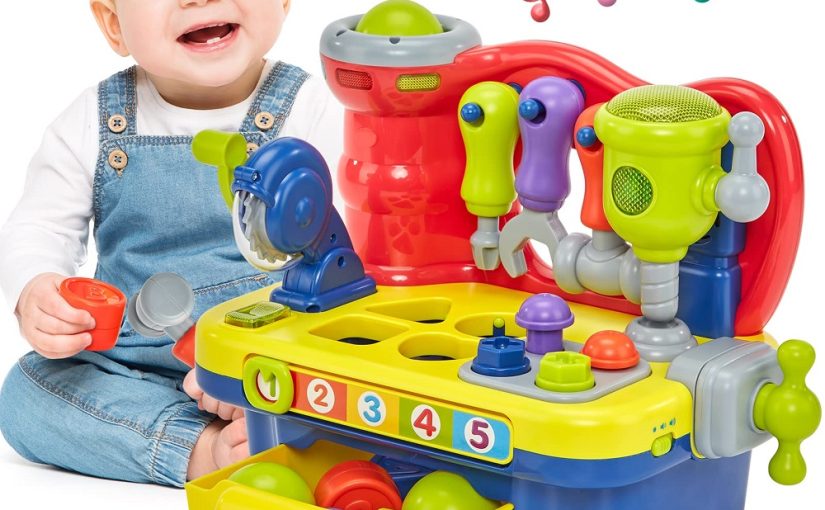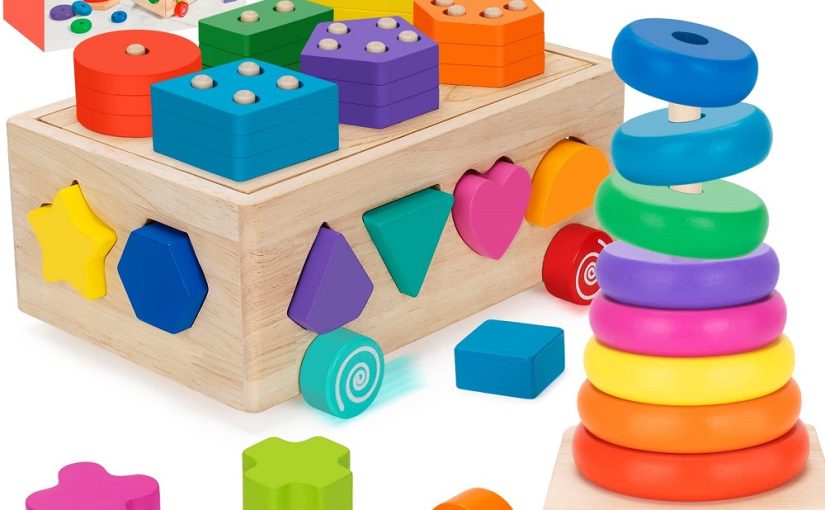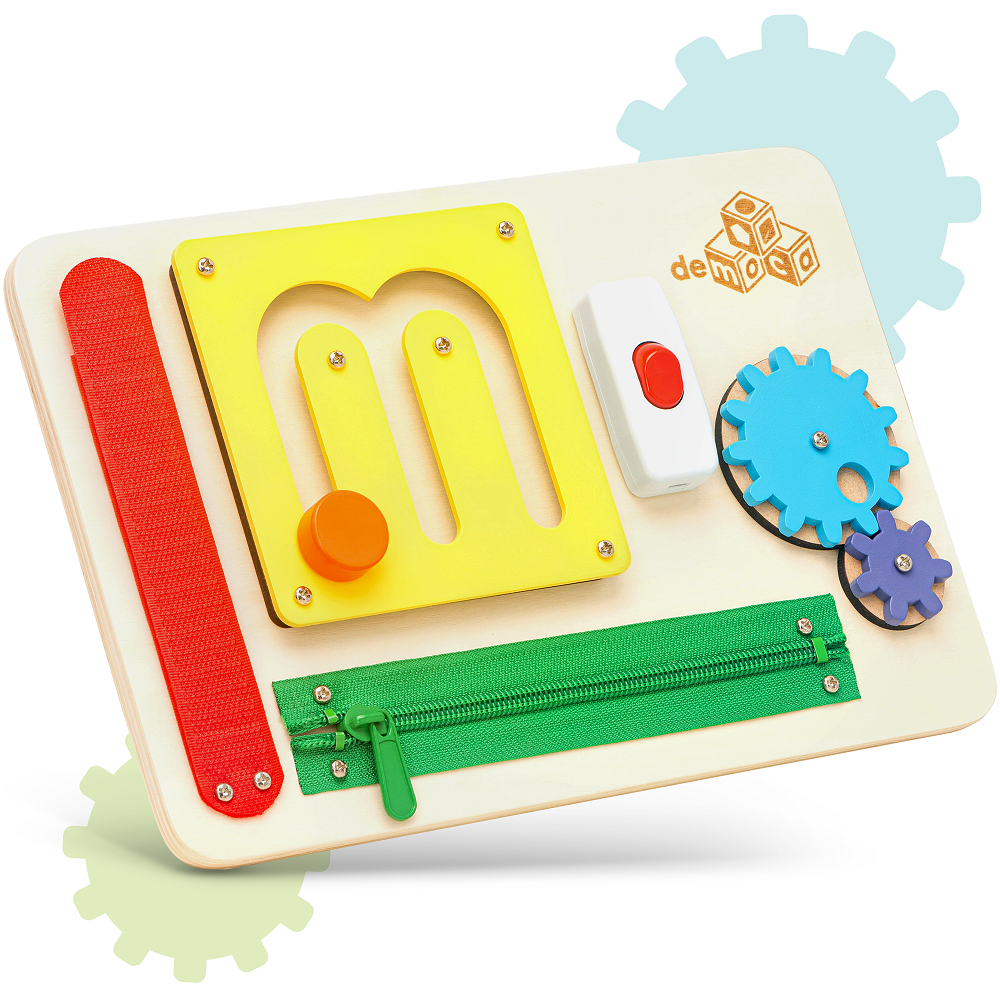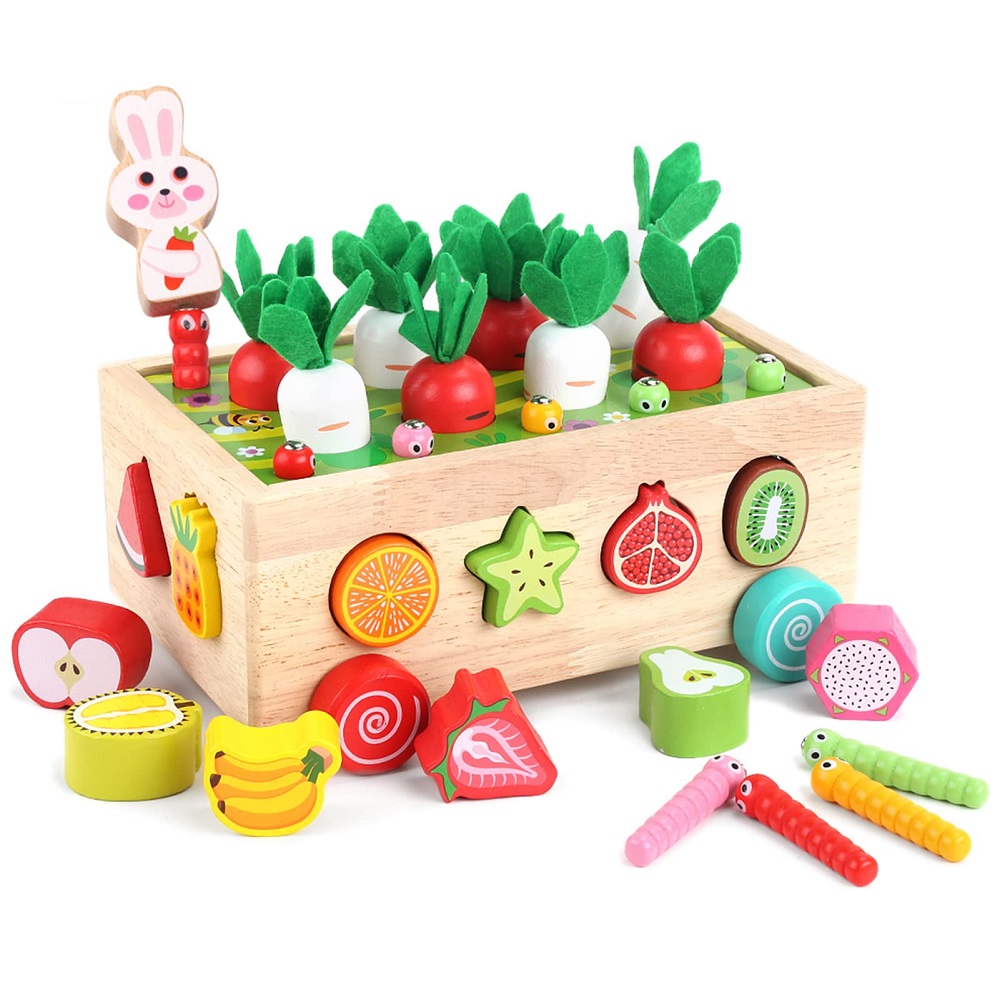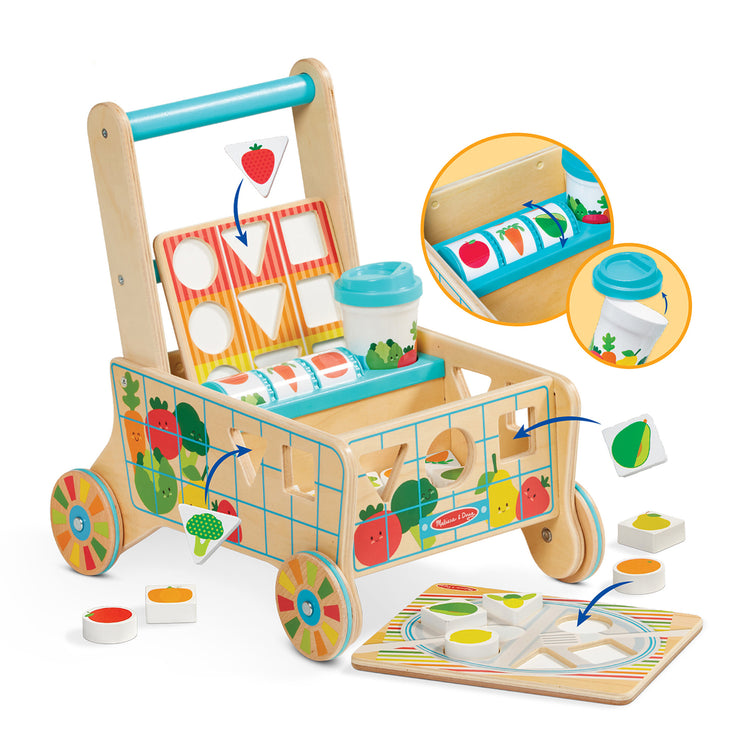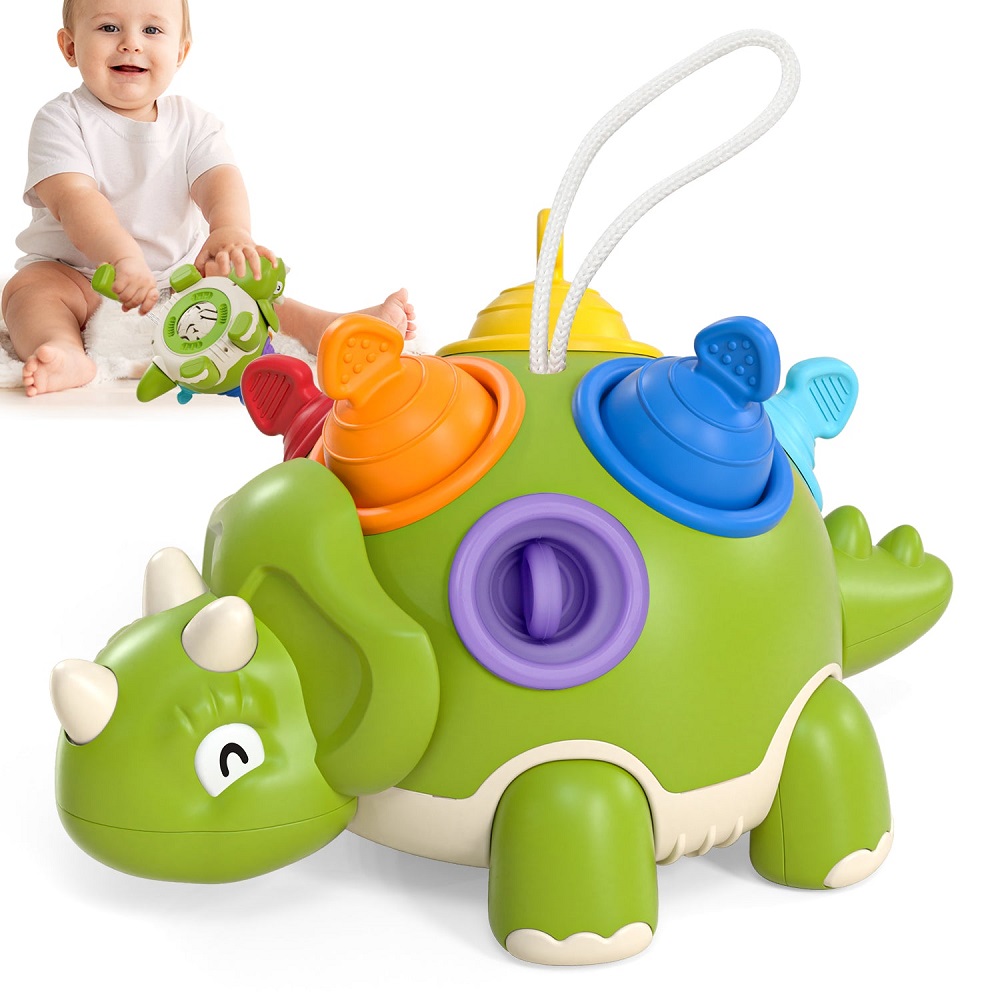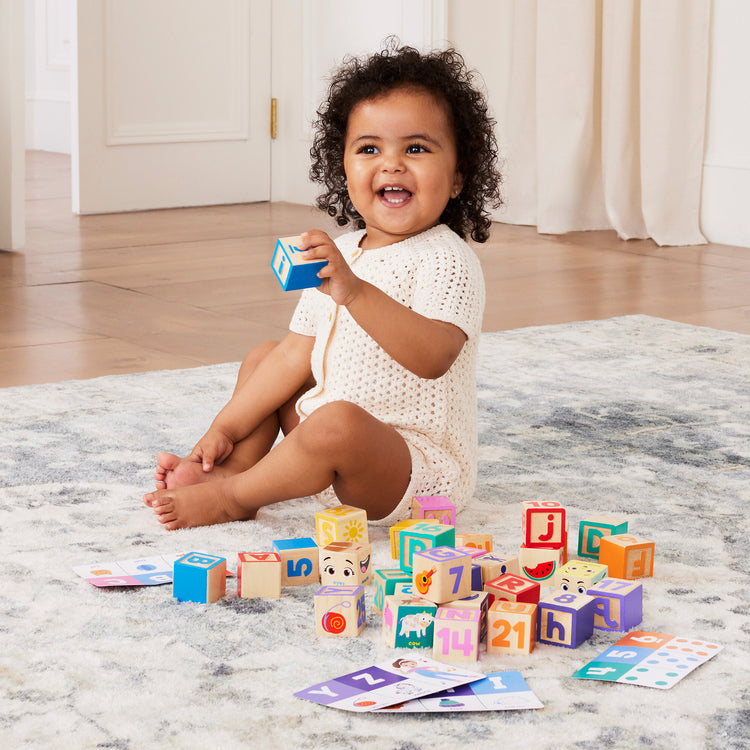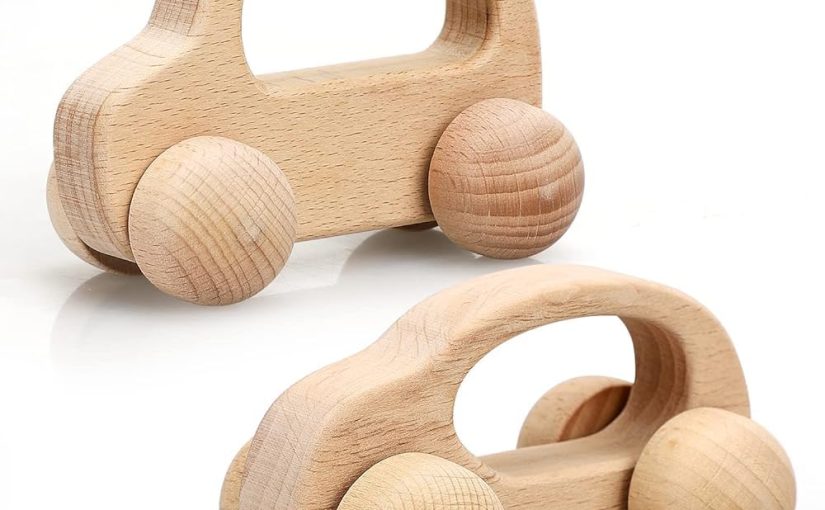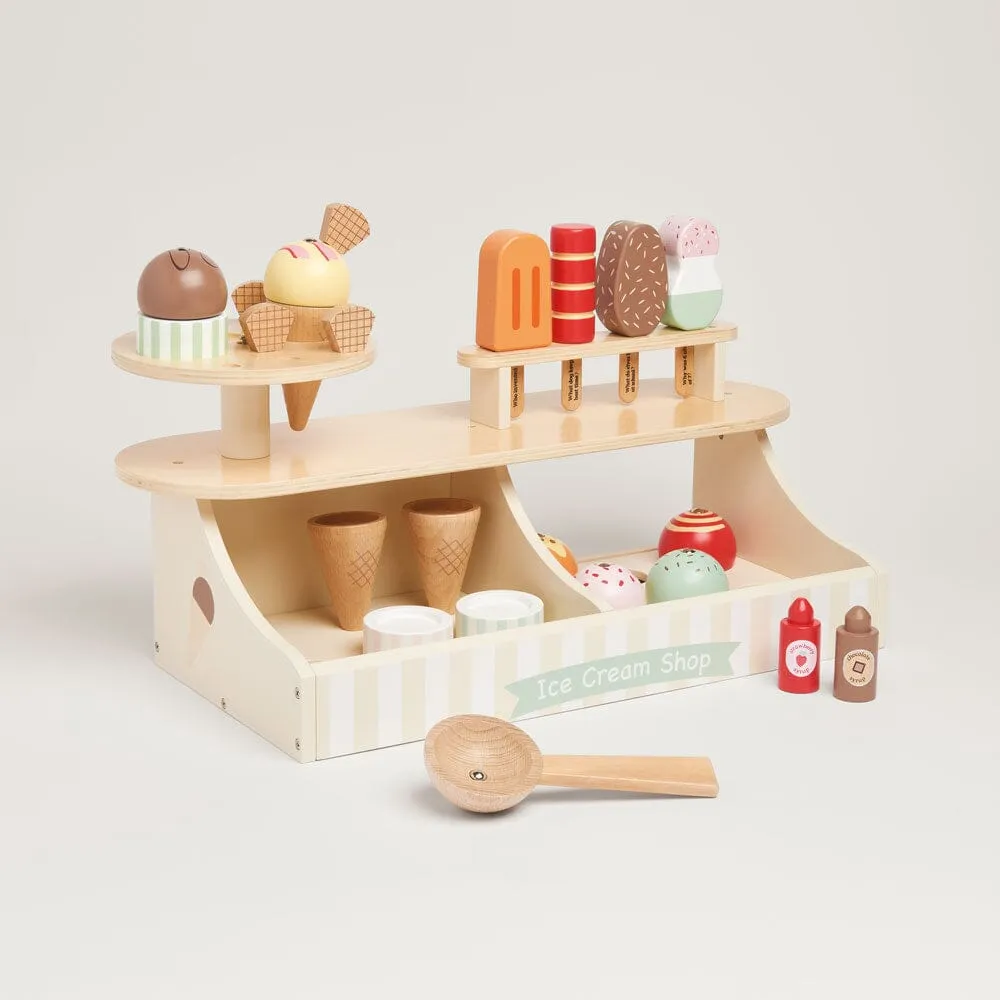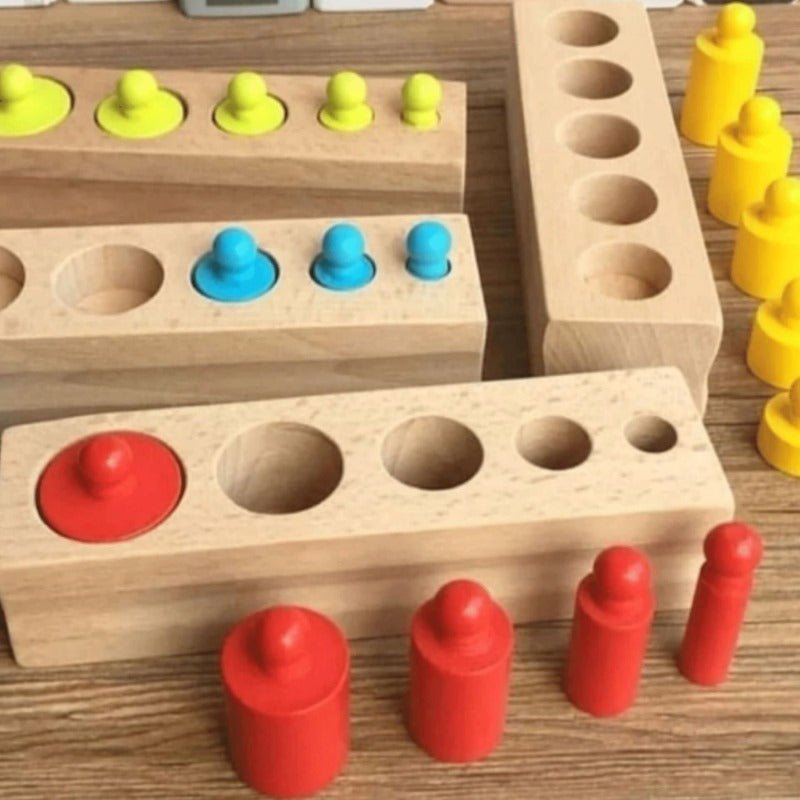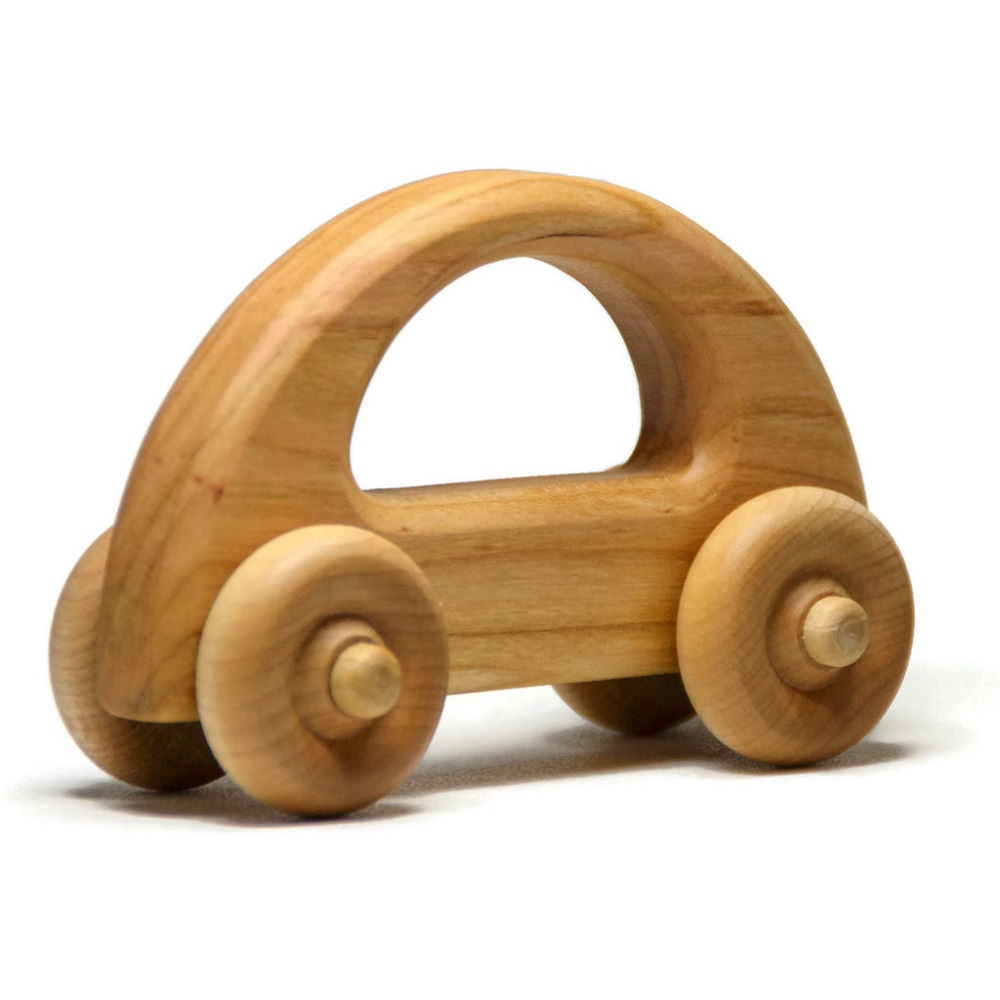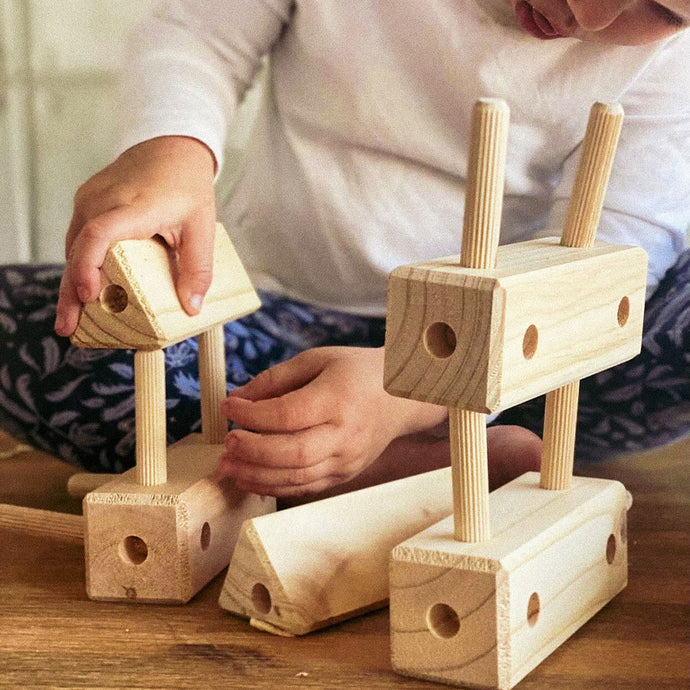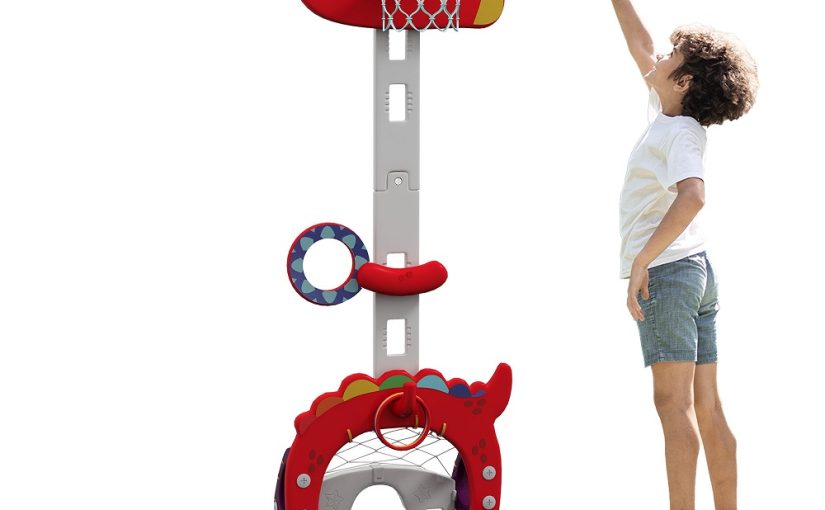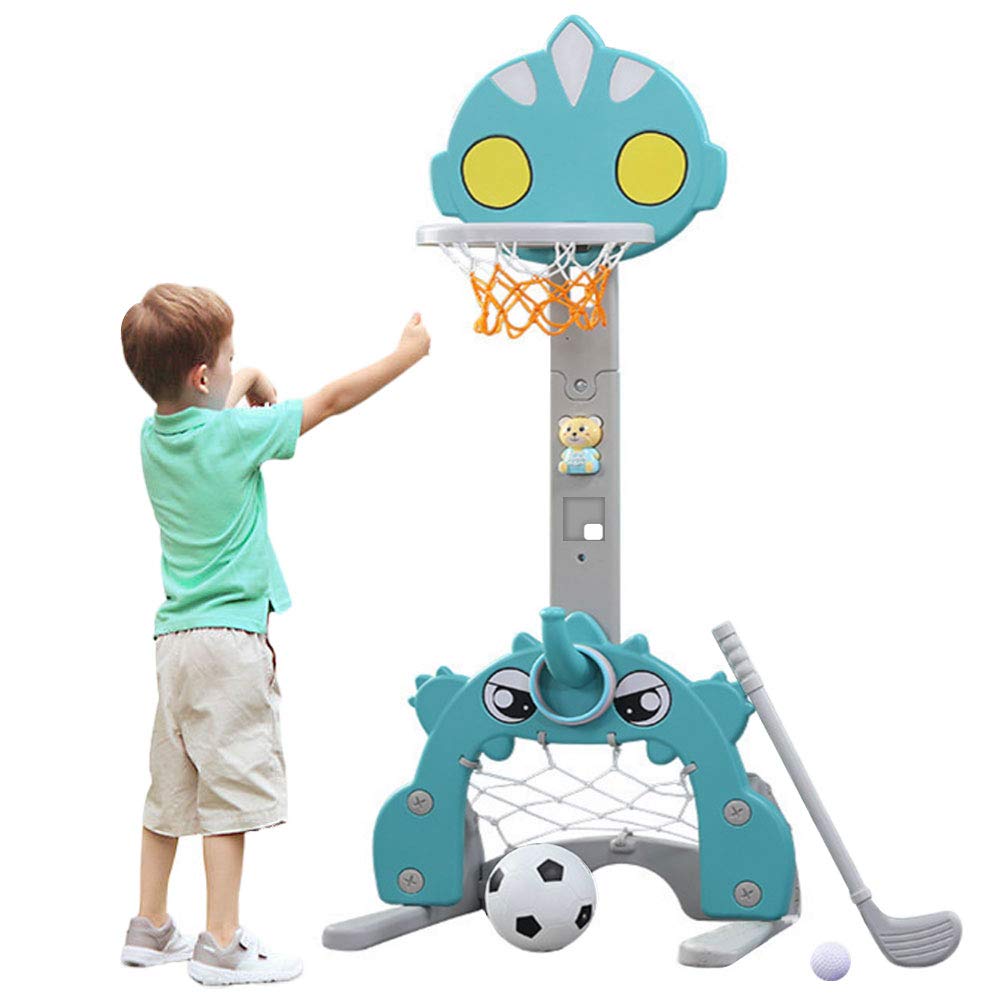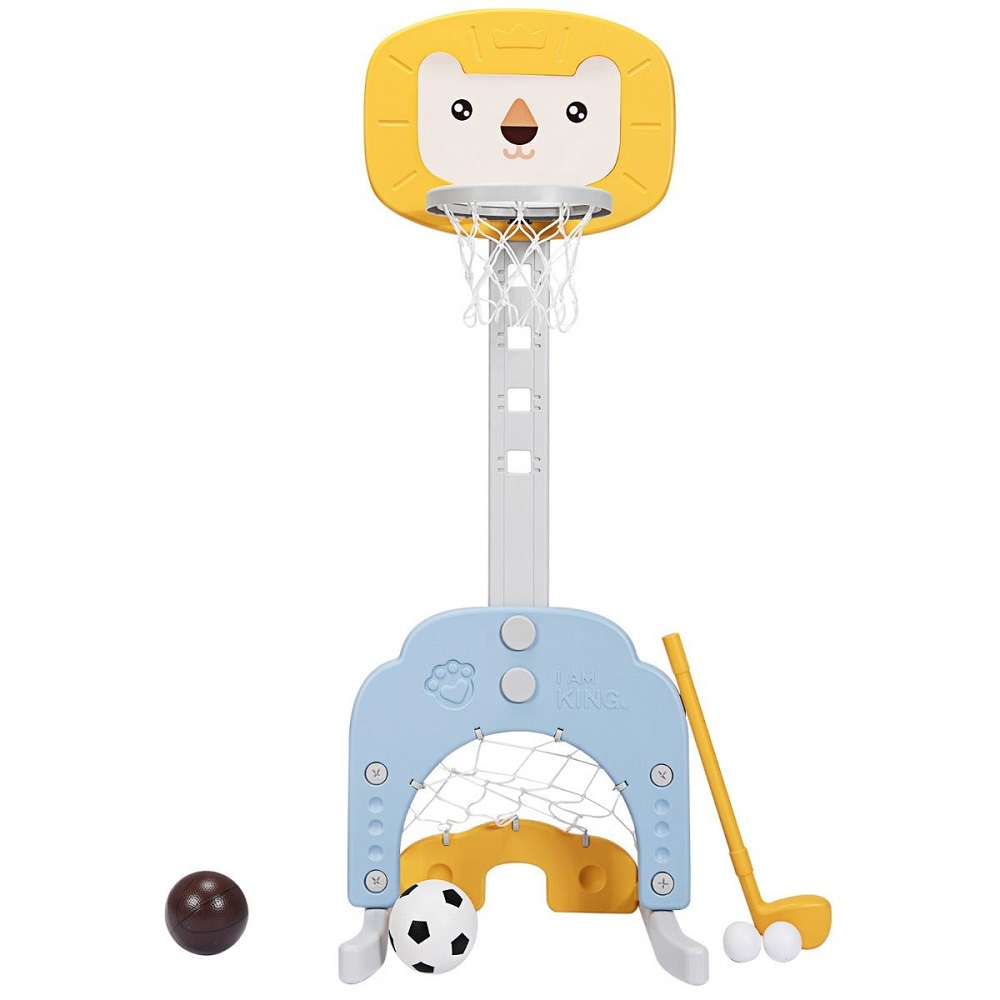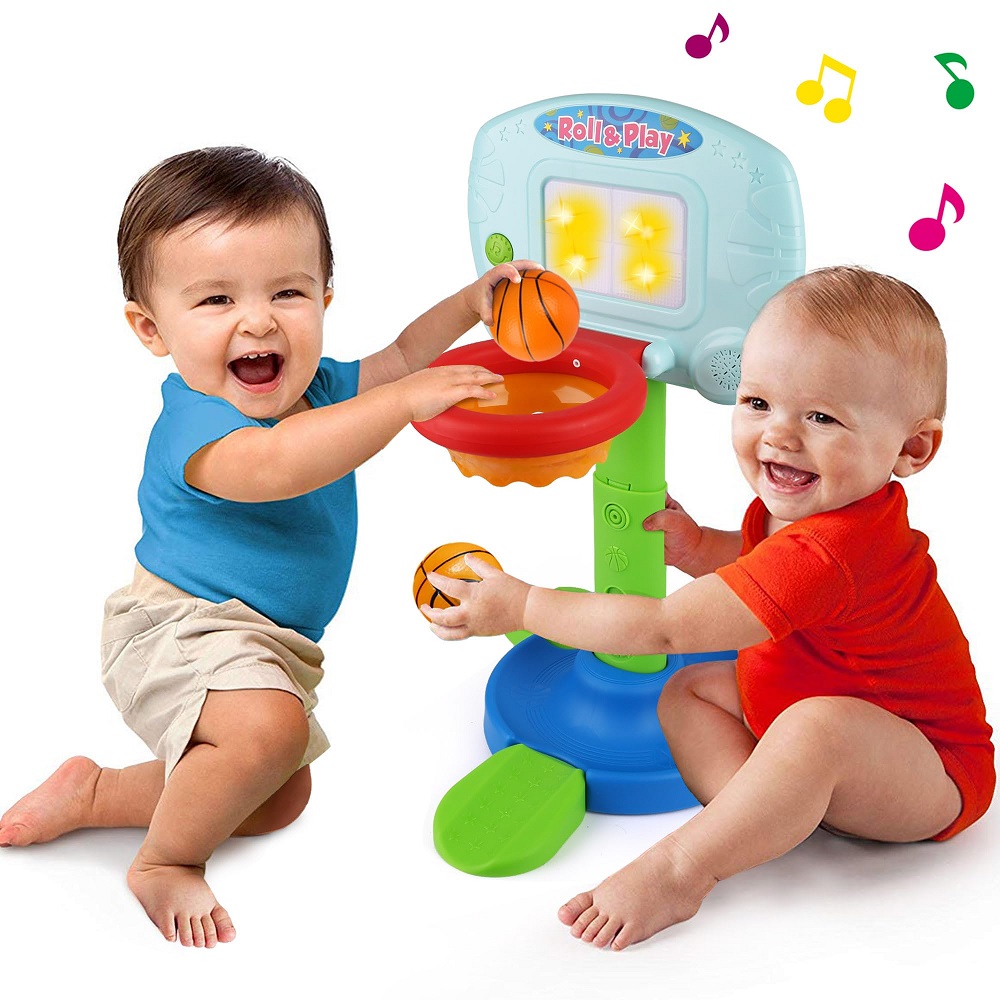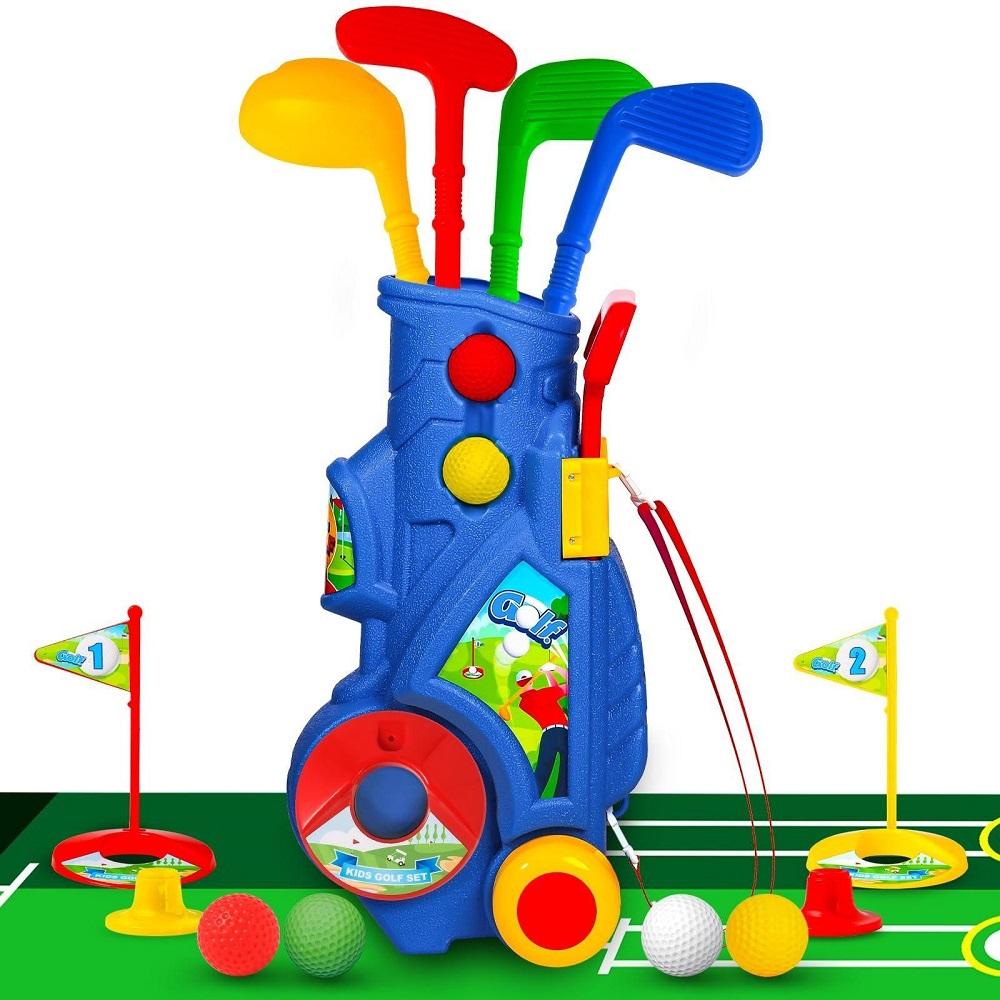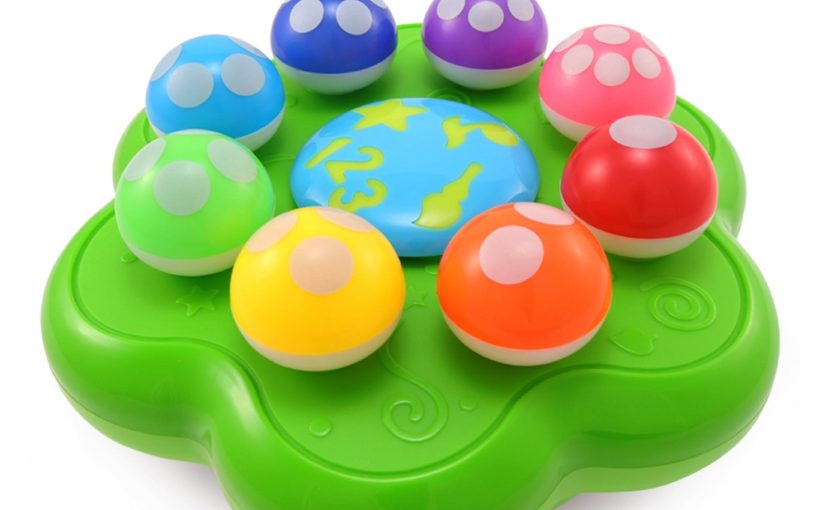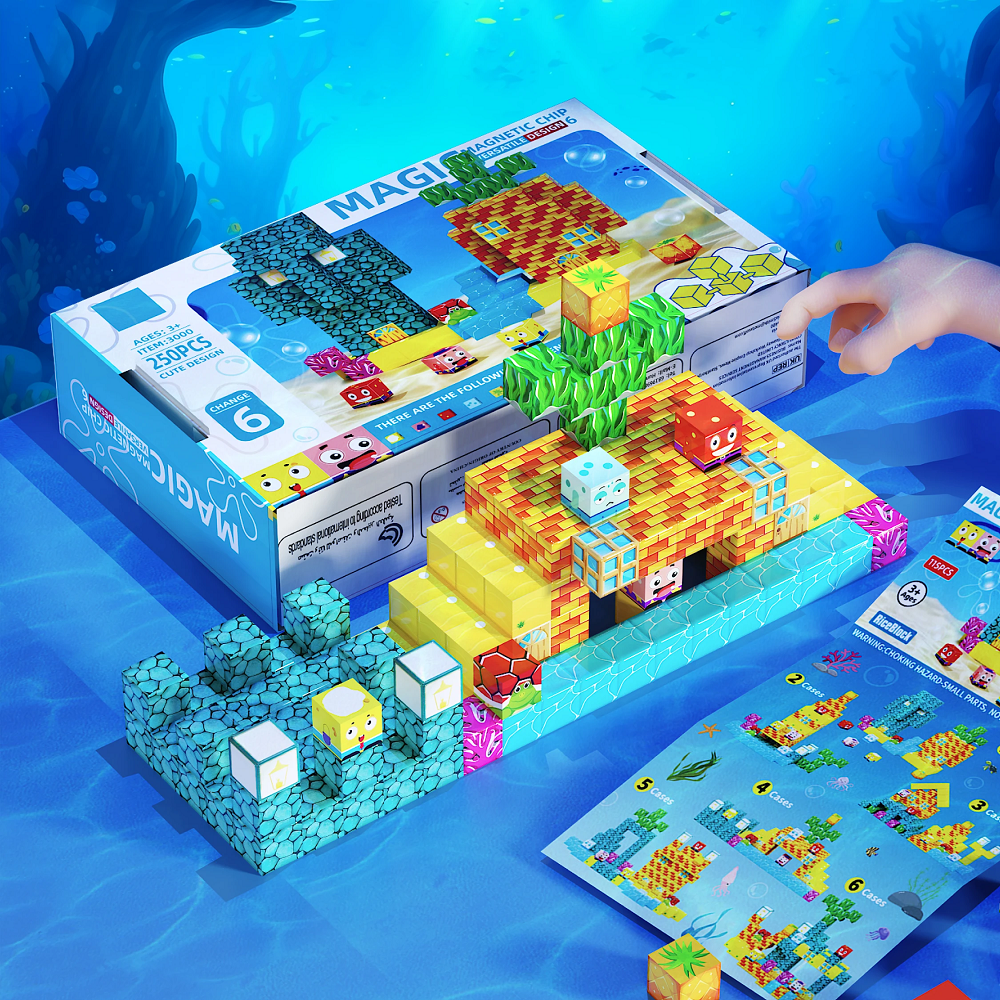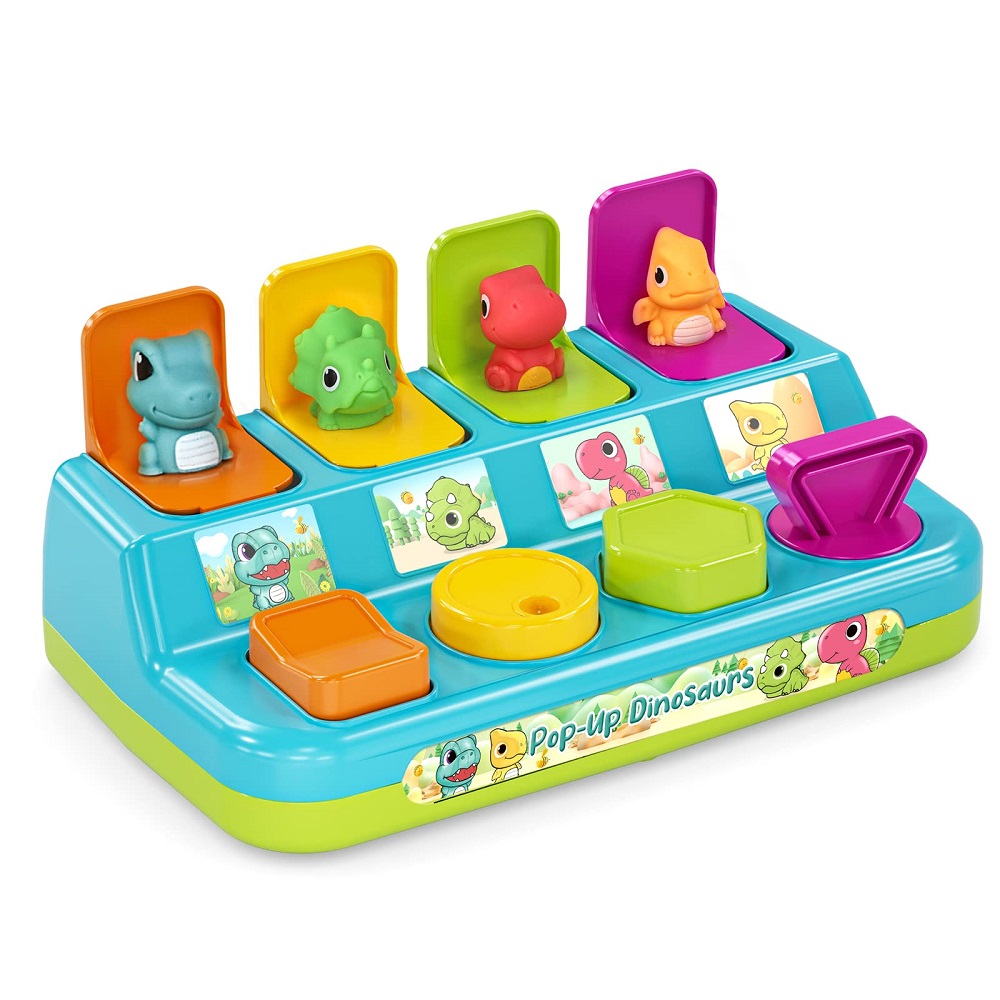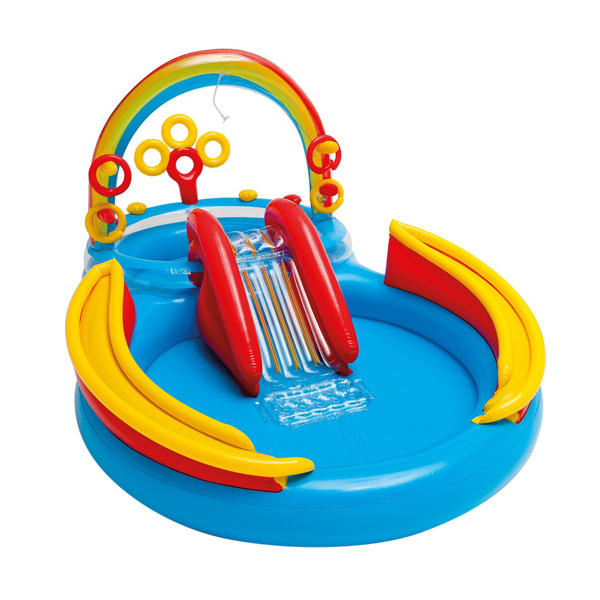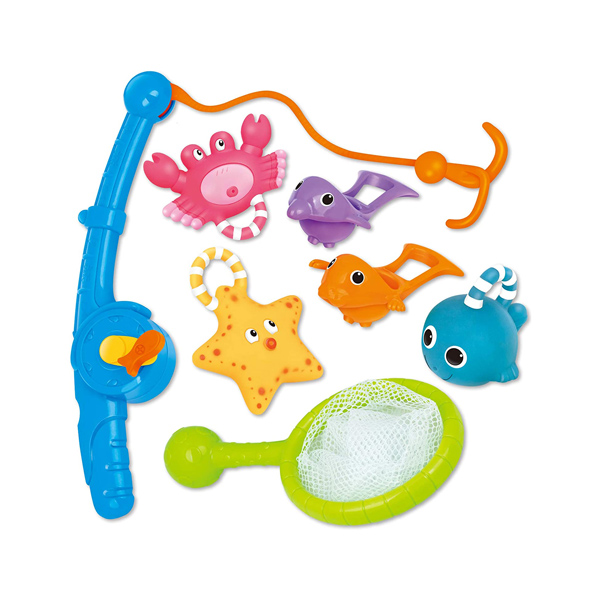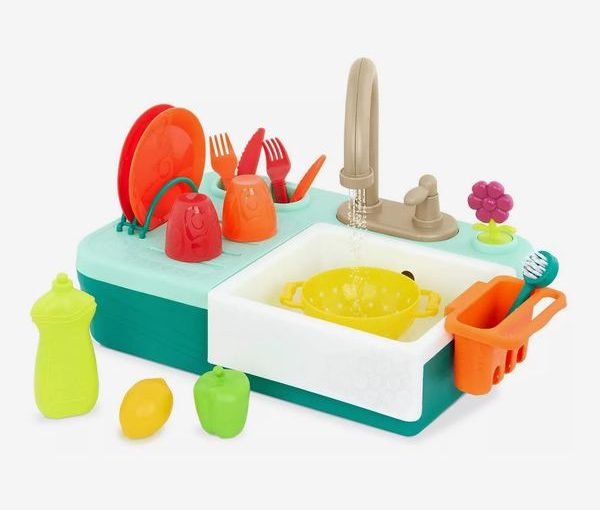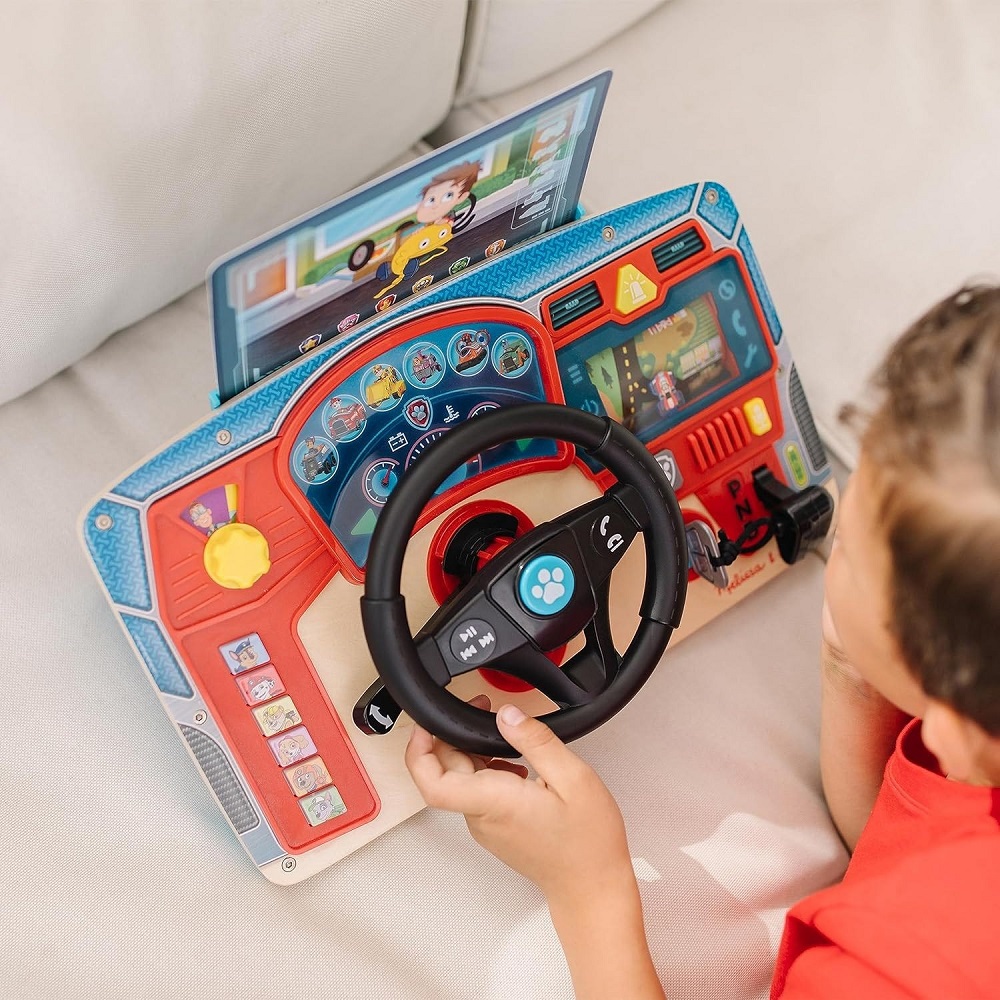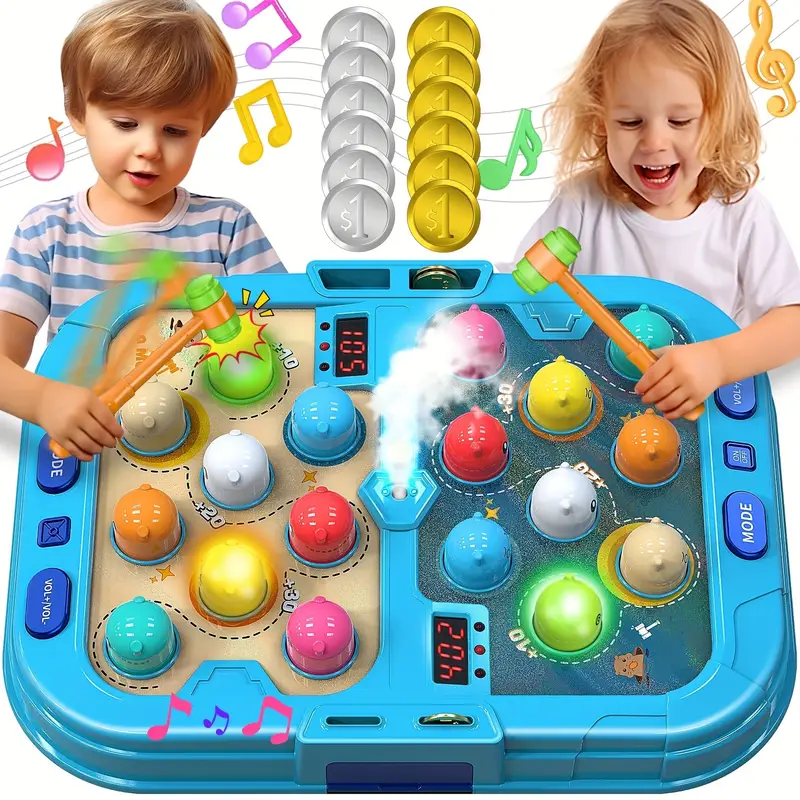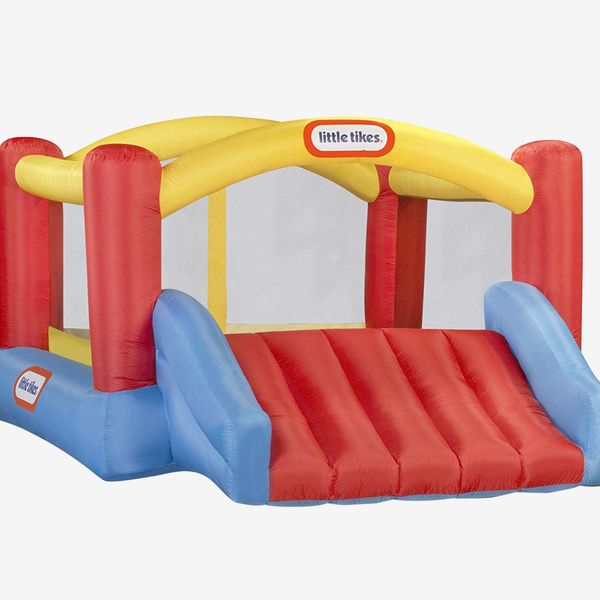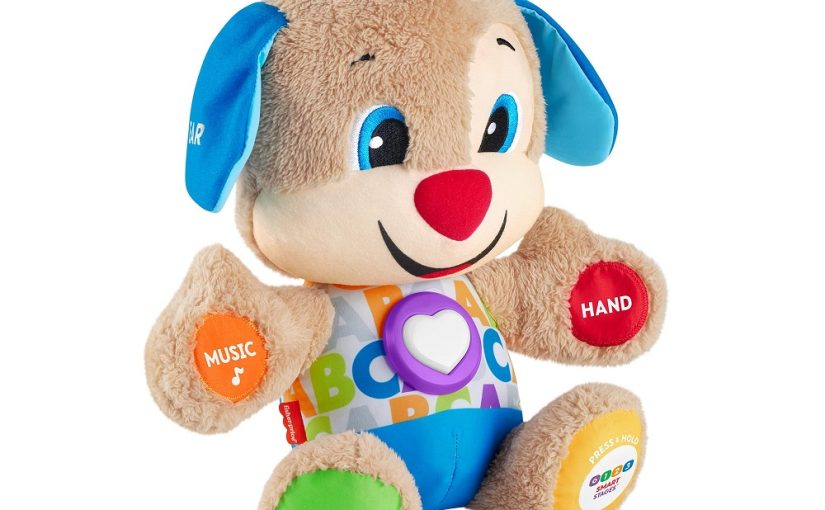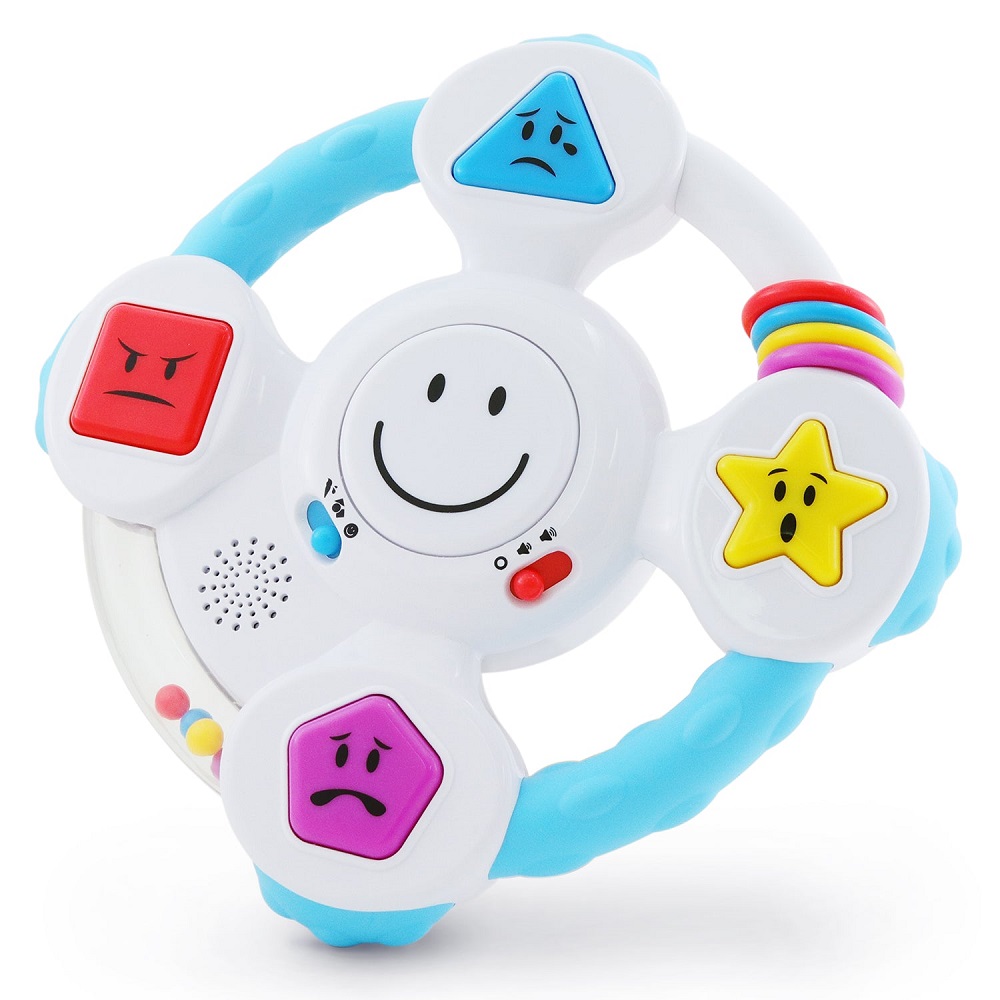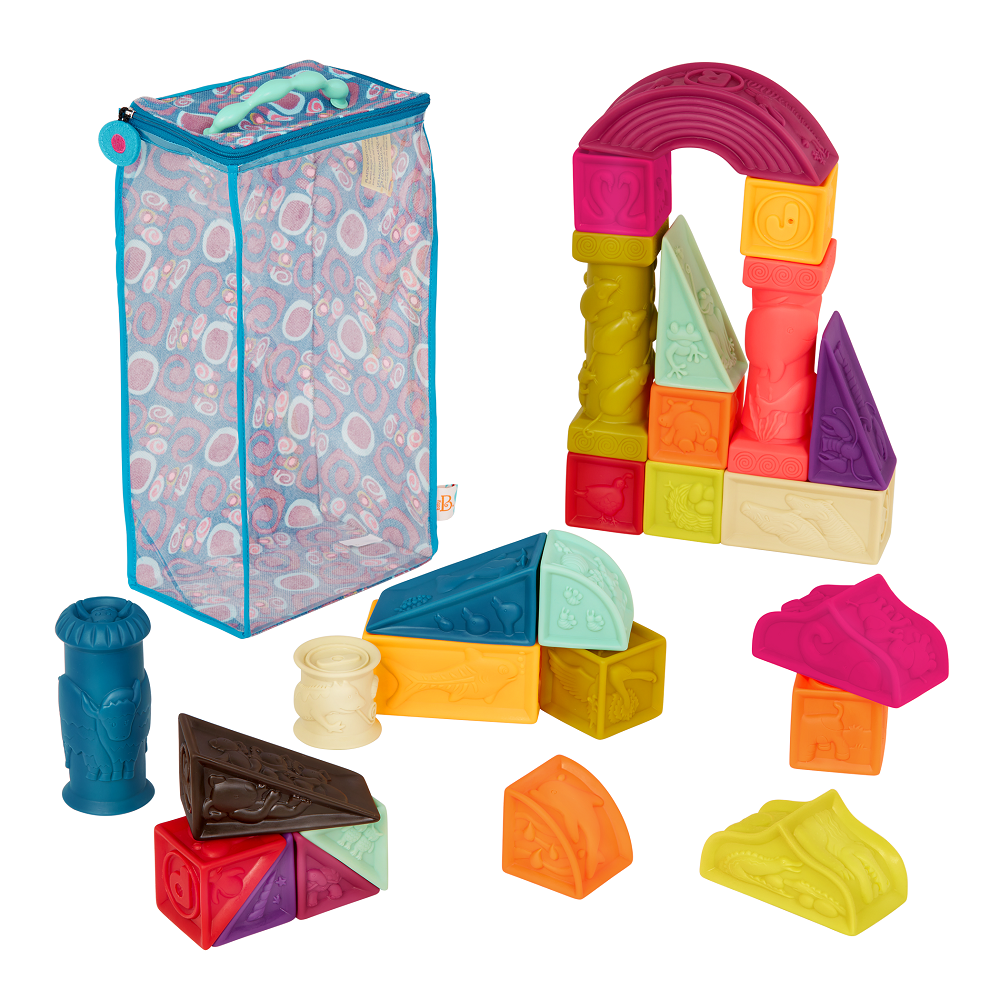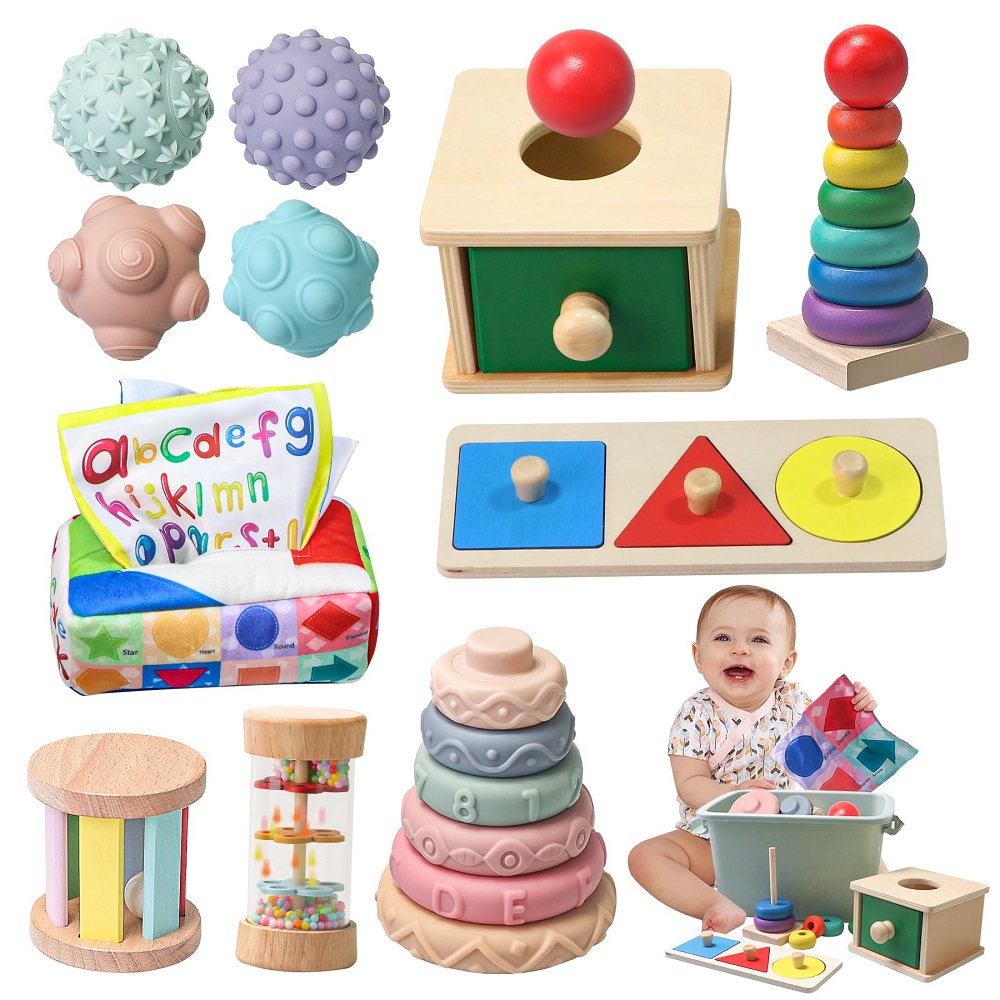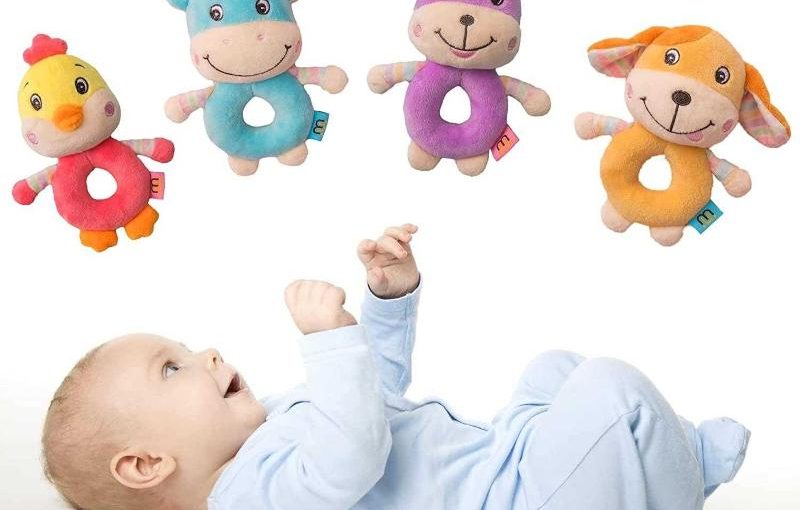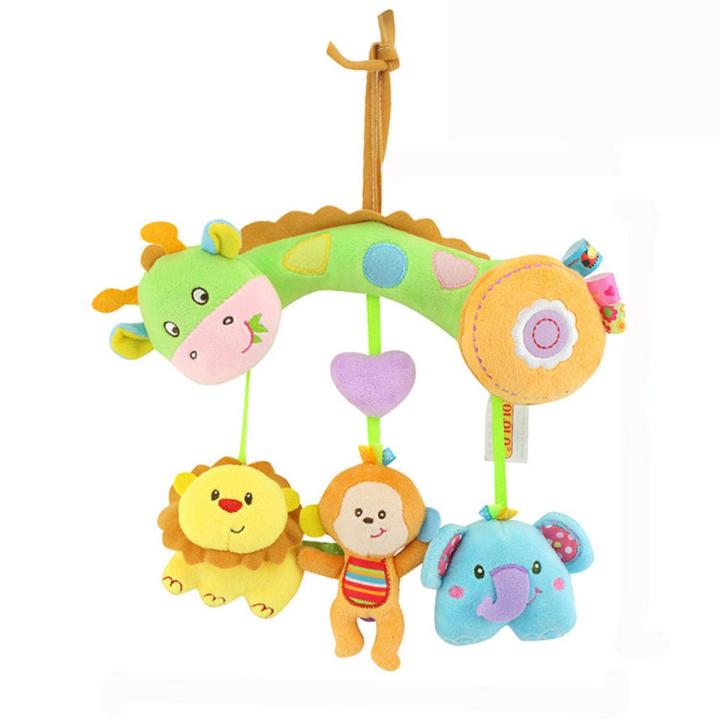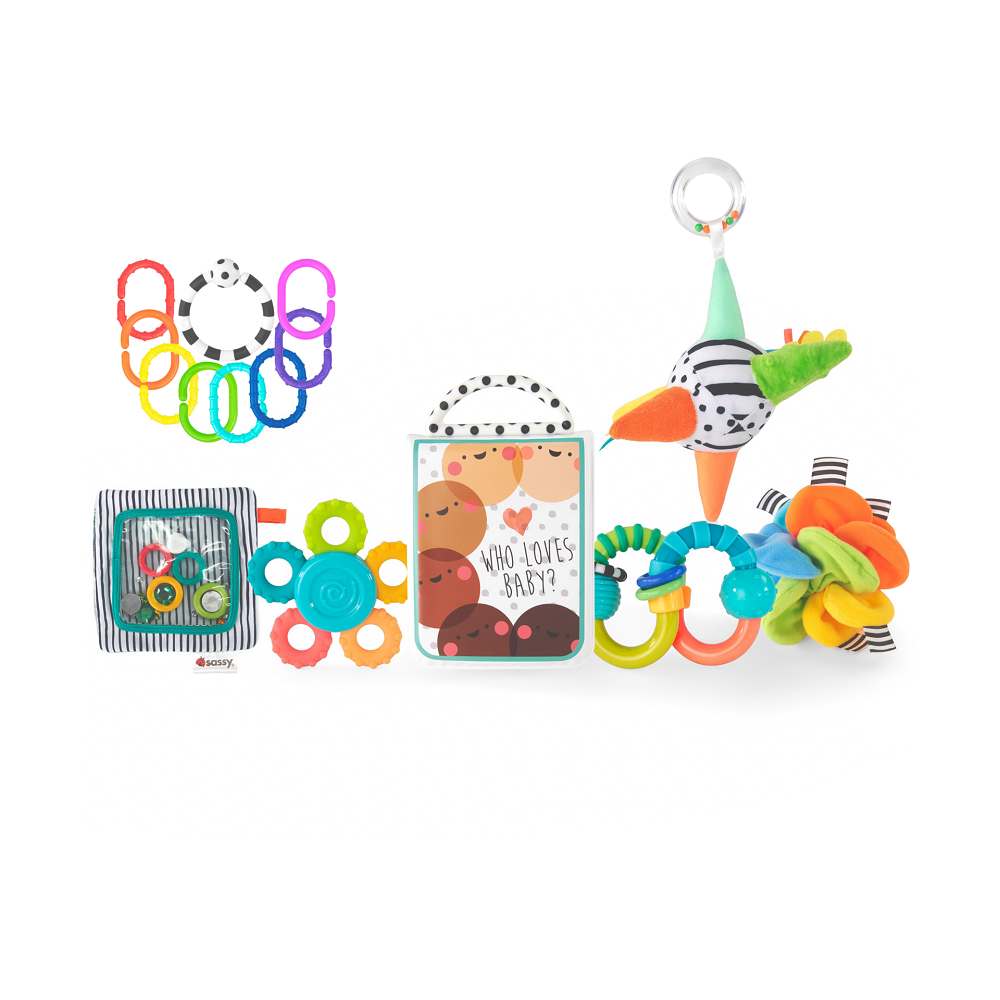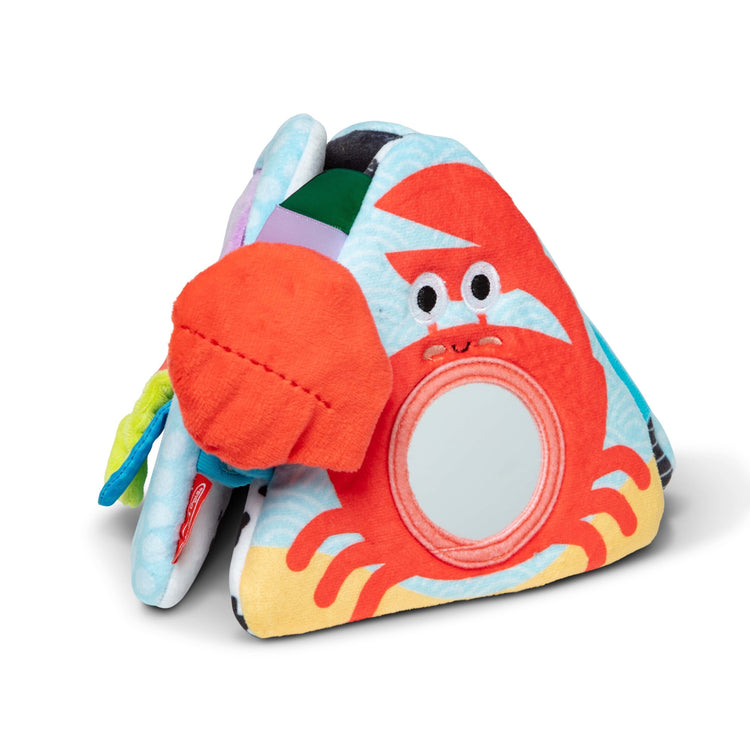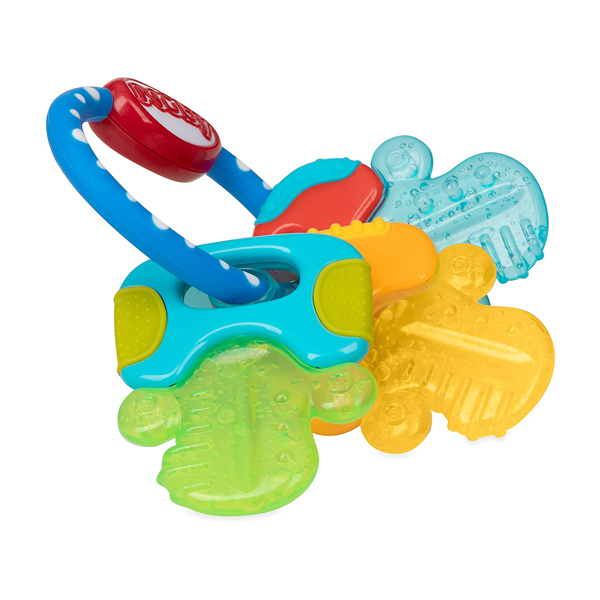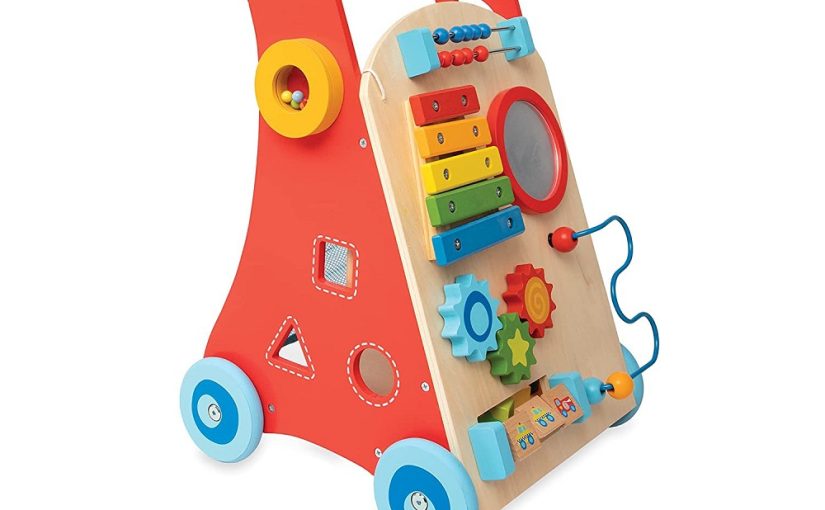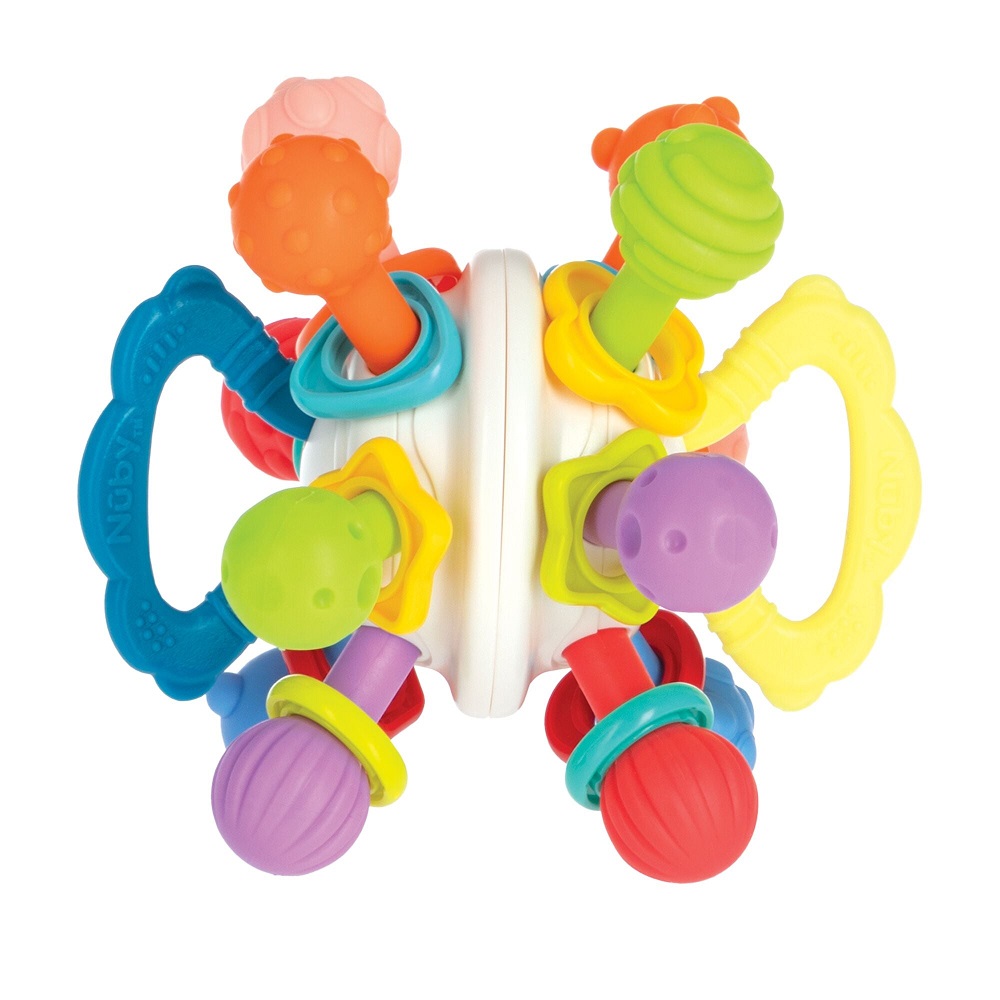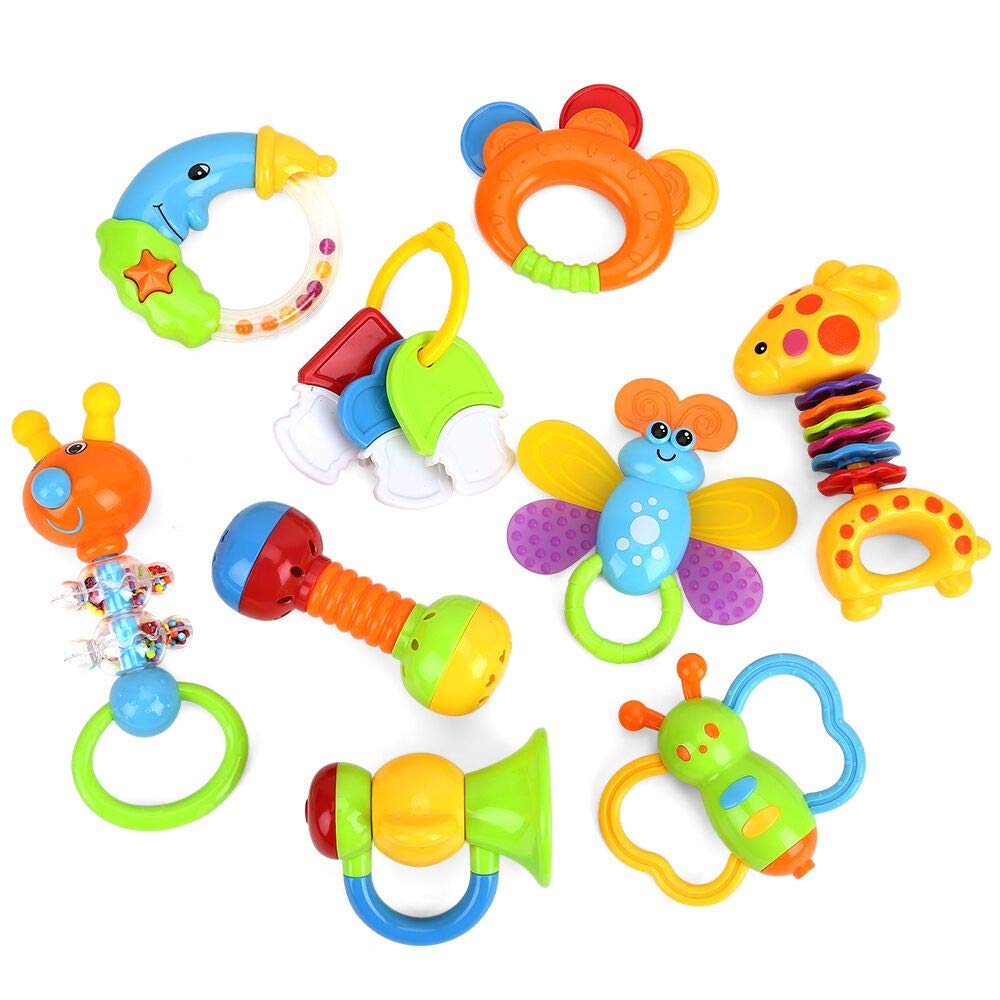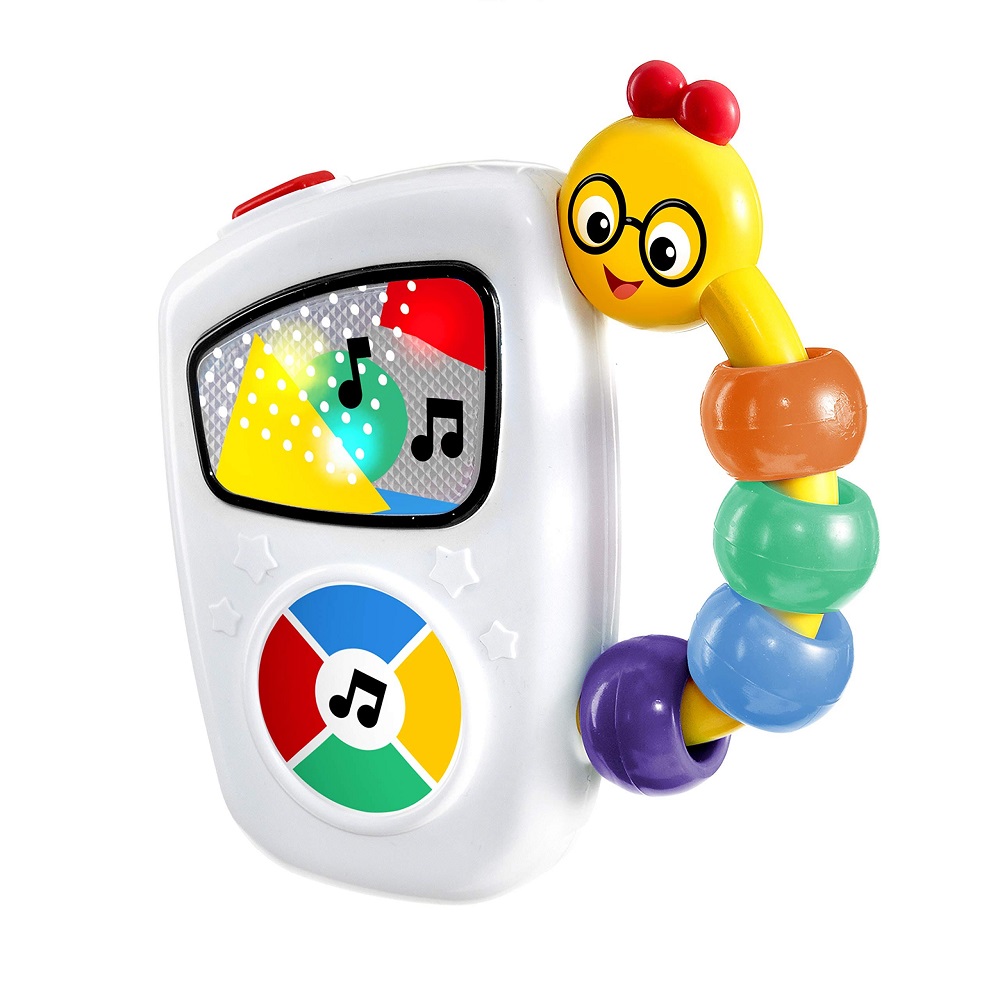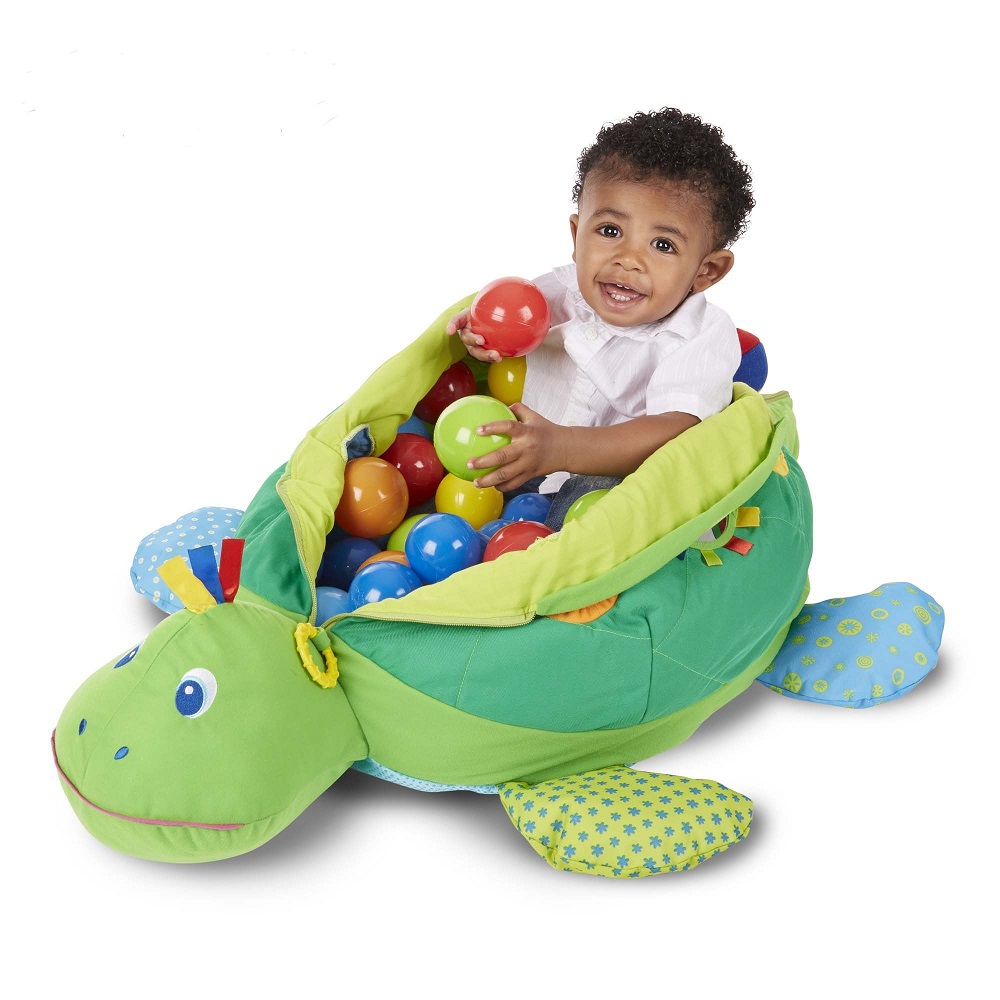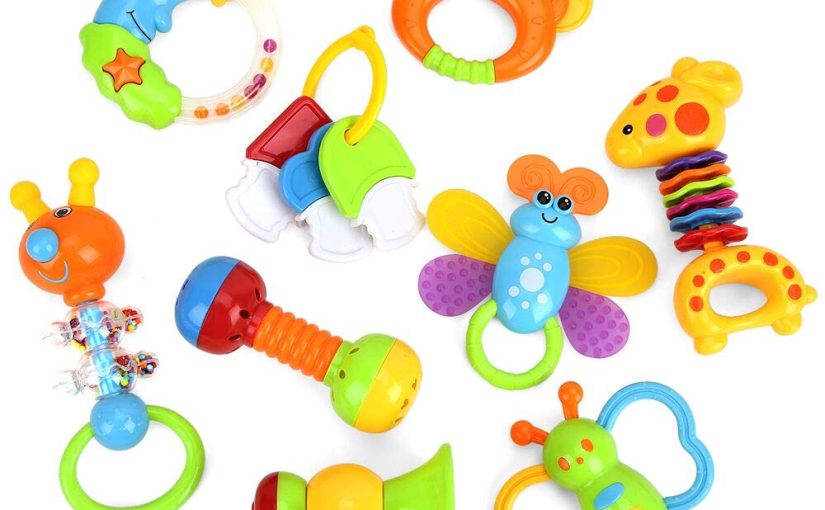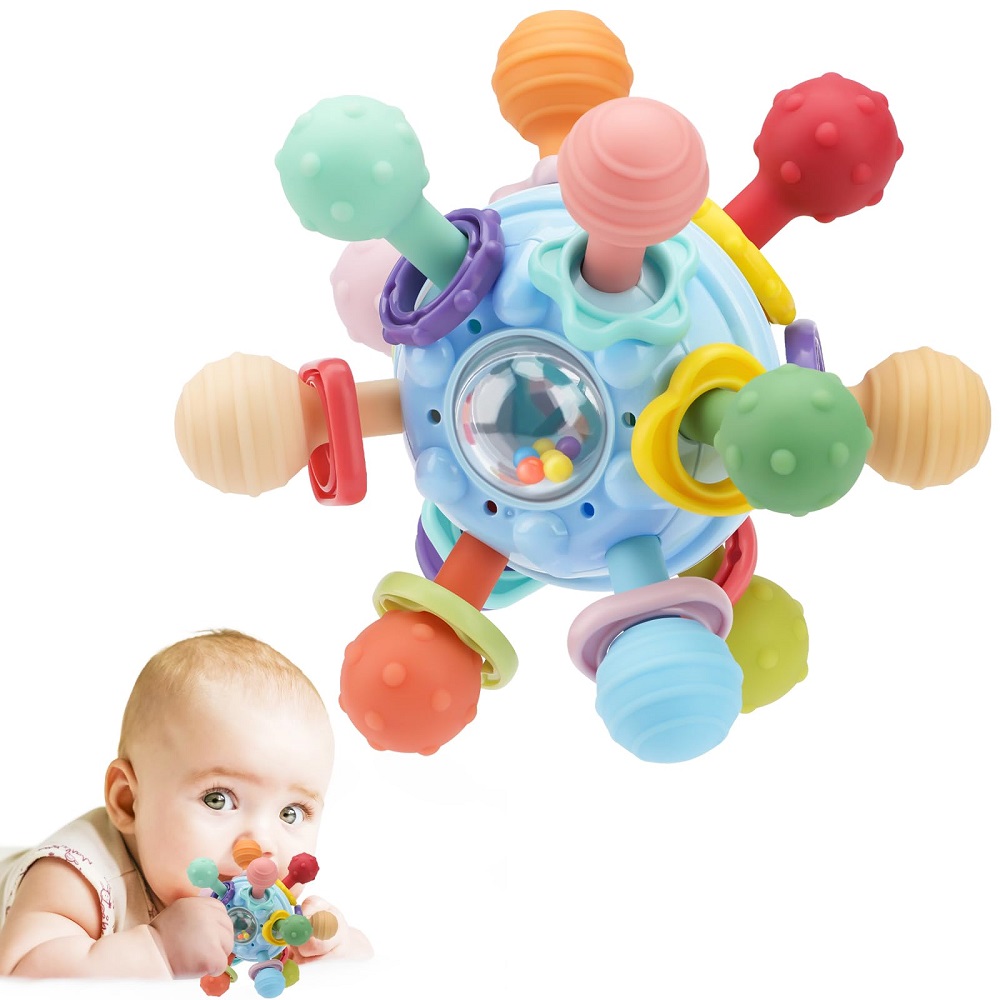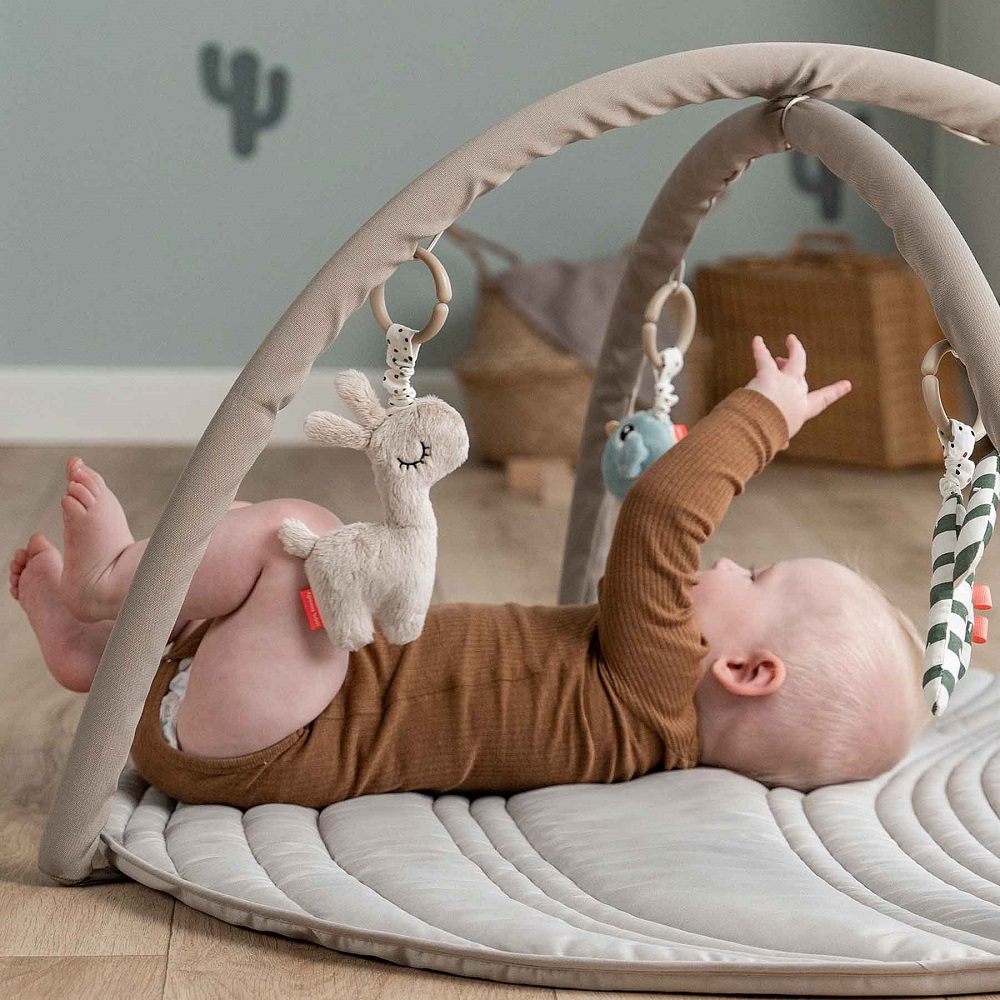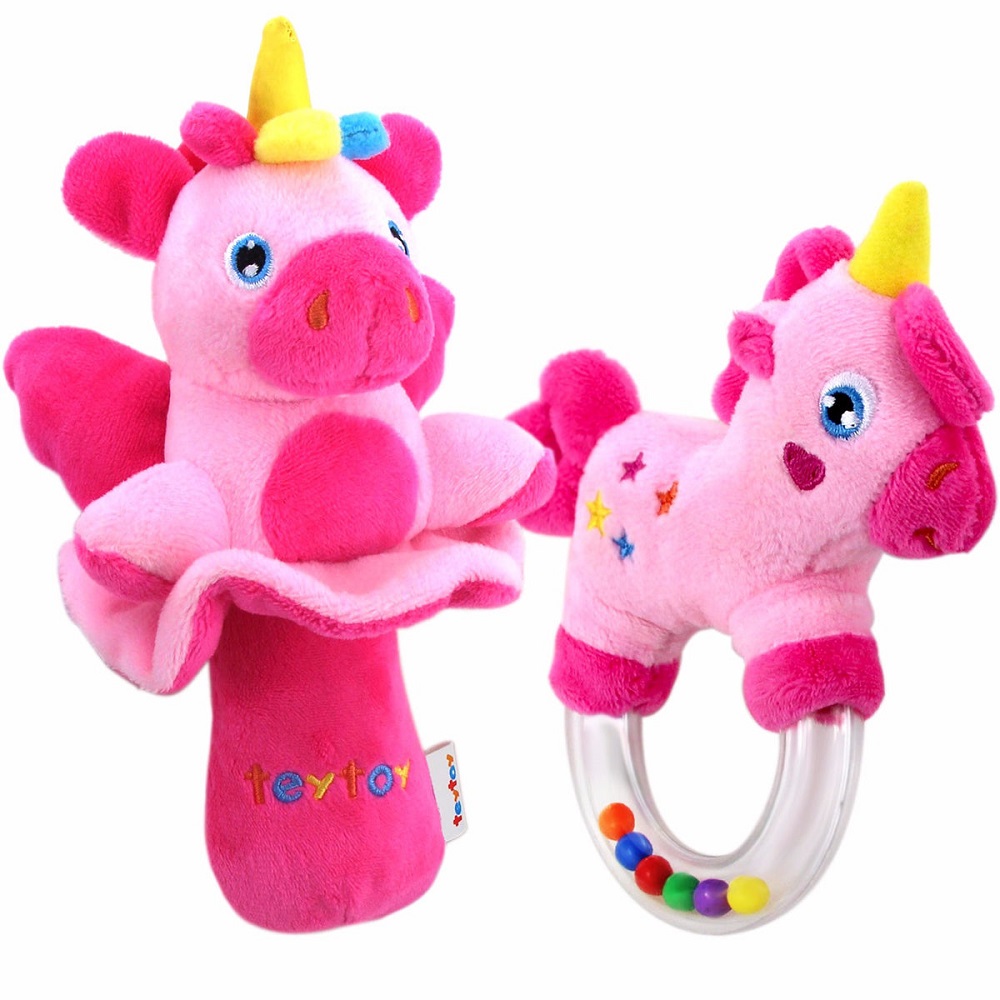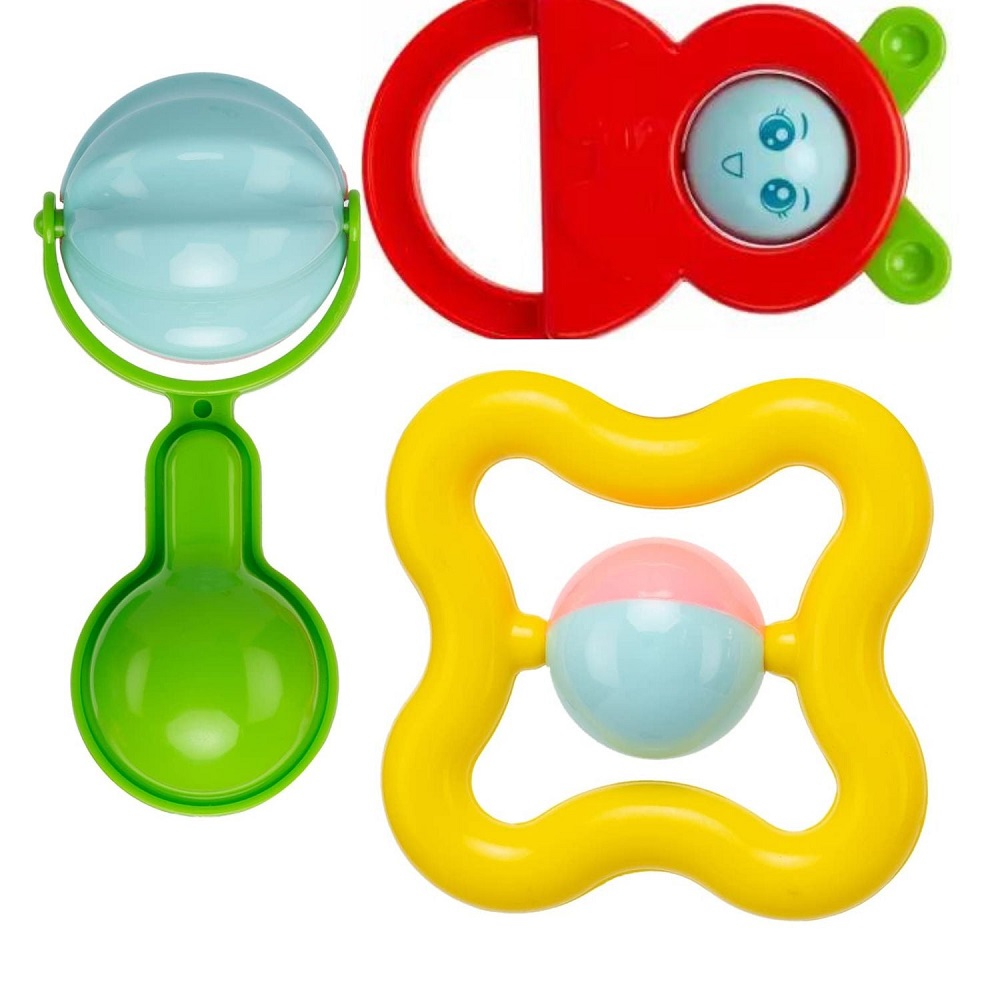Factors to Consider When Choosing Toddler Toys
Choosing the right boy toddler toys helps in your child’s development and enjoyment. Consider these key factors before purchasing.
Safety and Durability
Safety is the most crucial factor for toddler toys. Look for toys made from non-toxic materials. Check for small parts that toddlers might swallow. Opt for durable toys that can withstand rough play.
Educational Value
Toys should promote learning and skill development. Choose toys that teach counting, shapes, or letters. Look for options that encourage problem-solving or critical thinking. Educational toys help build confidence and curiosity.
Age-Appropriate Toys
Select toys suitable for your child’s age group. Infant toys should be soft and simple. Toddler toys can be more interactive, like puzzles or ride-ons. Age-appropriate toys reduce frustration and ensure proper engagement.
Encouraging Creativity and Imagination
Choose toys that inspire creative play, like pretend sets or building blocks. Artistic tools like crayons and paints spark imagination. Creative toys help develop storytelling and problem-solving skills.
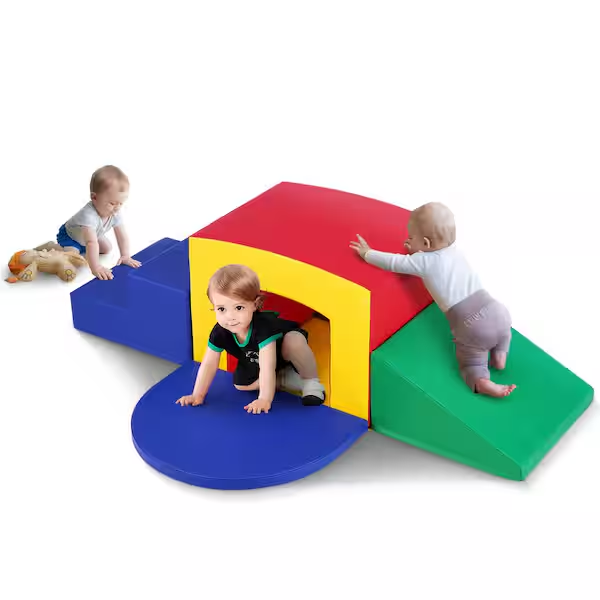
Top Toys for Infants (1-2 Years)
At the age of 1-2 years, infants start exploring their surroundings and developing important skills. The best boy toddler toys for this age group should foster sensory exploration, coordination, and curiosity.
Sensory Toys and Rattles
Sensory toys and rattles are perfect for stimulating an infant’s senses. These toys may include bright colors, different textures, and soft sounds. Look for toys that crinkle, squeak, or have lights to capture your child’s attention. Sensory toys help improve touch, sound recognition, and visual tracking. Rattles also develop hand strength as infants grasp and shake them.
Stacking and Nesting Toys
Stacking and nesting toys introduce basic concepts like size and shape differences. Infants learn coordination by stacking rings or placing nesting cups inside each other. Choose toys with soft materials and rounded edges to ensure safety. These toys also encourage problem-solving and hand-eye coordination in playful ways.
Push and Pull Toys
Push and pull toys help infants improve balance and strengthen their walking muscles. Items like push carts or pull-along animals are great choices. Look for sturdy designs with wheels that roll smoothly. Some push and pull toys may include fun features like sound or movement to keep toddlers engaged. These toys foster physical activity and exploration.
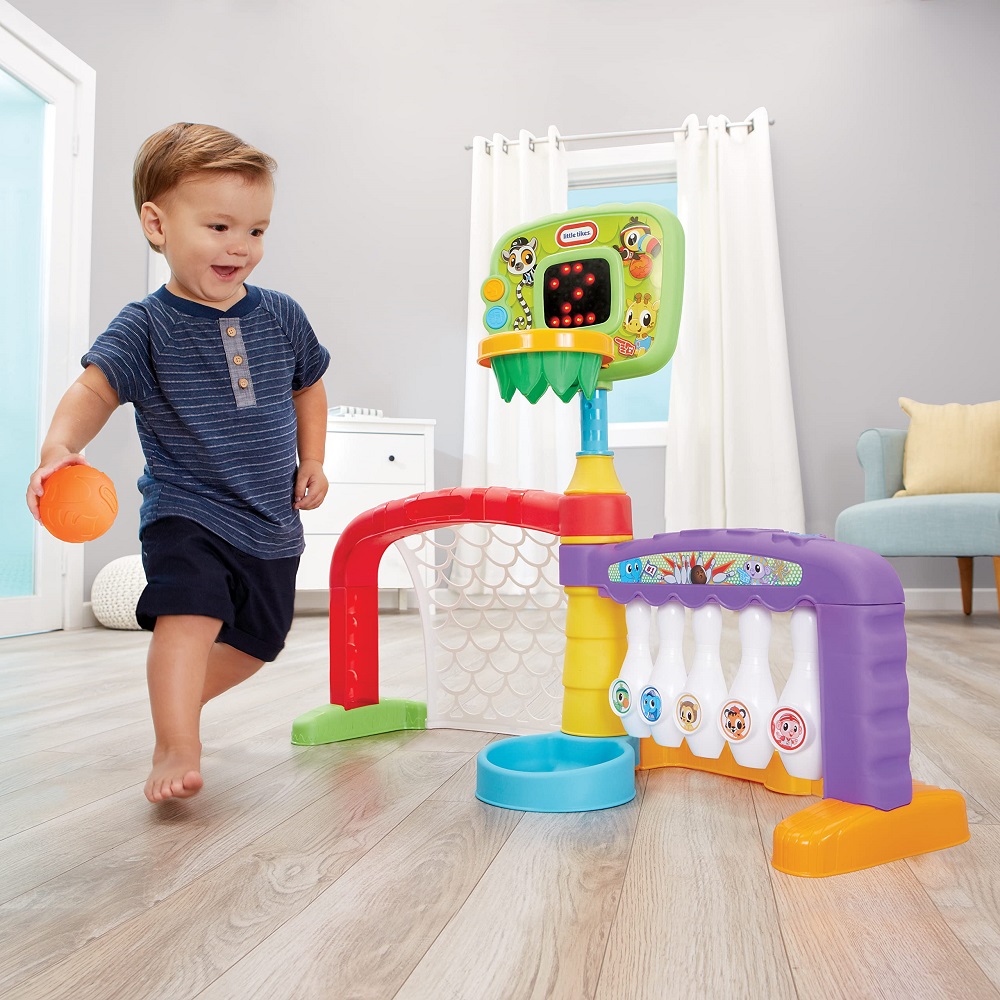
Best Toys for Early Toddlers (2-3 Years)
Early toddlers (2-3 years) are curious and energetic. They thrive on exploring and problem-solving. The best boy toddler toys for this age should encourage movement, creativity, and coordination. Here are some top options to consider:
Ride-On Toys
Ride-on toys are perfect for toddlers improving their balance and motor skills. They boost physical activity and build leg strength. Look for sturdy designs with easy-to-grip handles for safety. For added fun, choose ride-ons with bright colors or sound features. Options like tricycles or small scooters provide hours of active play.
Building Blocks and Construction Sets
Building blocks and construction sets support creativity and hand-eye coordination. Toddlers can practice stacking, sorting, and building. Choose sets with large, lightweight blocks that are easy to handle. Blocks with bright colors or simple patterns make playtime more engaging. These toys also help teach shapes, sizes, and problem-solving.
Musical Instruments
Musical instruments are excellent for developing rhythm and listening skills. Items like drums, tambourines, or xylophones are fun and easy to use. Instruments encourage self-expression and improve fine motor skills. Ensure these toys are durable and designed specifically for toddlers. Playing music helps children explore sounds and express their creativity.
Engaging Toys for Preschoolers (3-4 Years)
Preschoolers, aged 3 to 4 years, thrive on challenges and imaginative play. Choosing the best boy toddler toys for this age group requires prioritizing engagement, creativity, and developmental support. Here are ideal toy categories that capture their attention and boost learning.
Pretend Play Sets
Pretend play sets encourage imagination and role-playing skills. Items like kitchen sets or tool kits allow preschoolers to mimic real-world roles. Look for sets with many accessories to enhance interaction. Toys like doctor kits or dollhouses inspire creative storytelling. Pretend play helps children develop empathy and social understanding, while also improving communication.
Puzzles and Problem-Solving Toys
Puzzles and problem-solving toys boost critical thinking and concentration. Choose puzzles with large pieces, bright colors, or featuring familiar animals and shapes. Toys like sorting games or matching sets challenge preschoolers to solve logical problems. These toys teach persistence and improve fine motor skills. Gradually introduce more complex puzzles as they grow confident.
Art and Craft Supplies
Art and craft supplies fuel creativity and self-expression. Items like crayons, markers, or paints allow preschoolers to explore different colors and textures. Look for non-toxic, washable materials for safety. Projects such as molding clay or sticker books encourage fine motor development. Art-making helps kids practice focus and encourages imaginative thinking. Set aside dedicated art time to enhance their creativity.
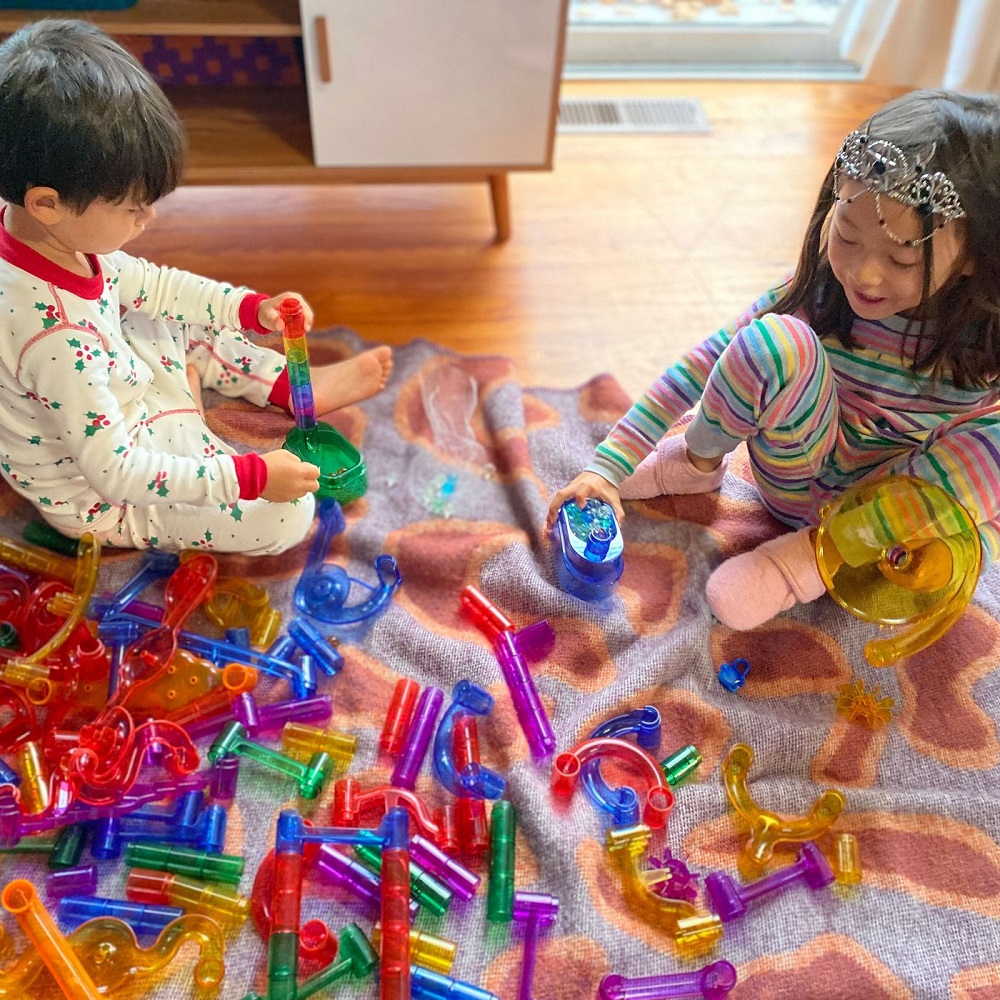
Outdoor Toys for Active Toddler Play
Outdoor play is important for toddlers to stay active and healthy. Choosing the right outdoor boy toddler toys can boost physical development and keep your child entertained. Here are some top options for outdoor fun:
Tricycles and Balance Bikes
Tricycles and balance bikes are perfect for toddlers learning to balance and ride. These toys strengthen leg muscles and improve coordination. Tricycles provide stability with three wheels, making them ideal for beginners. Balance bikes help toddlers develop the skills needed for riding a two-wheeler. Look for sturdy frames and comfortable grips for safety. Bright colors or fun designs increase appeal and excitement.
Ball Games and Sports Toys
Ball games are fantastic for developing motor skills and teamwork. Options like soccer balls, basketball hoops, or simple tossing games work well. Toddlers learn to kick, catch, and throw while improving hand-eye coordination. Choose lightweight, soft balls for safer play. Mini sports sets, such as small bowling pins or bean bag toss games, are great for group activities. Encourage outdoor play to build confidence and social interaction.
Sand and Water Play Sets
Sand and water play sets allow toddlers to explore textures and creativity. Water tables with cups, funnels, and floating toys add splashing excitement. Sand toys like shovels, buckets, and molds provide hours of fun. These sets enhance sensory skills and imaginative play. Look for durable materials that can withstand outdoor use. Supervise play to ensure safety and enrich the experience.
Benefits of Interactive and Educational Toys
Interactive and educational toys play a significant role in a toddler’s growth and development. These toys are designed to not only entertain but also nurture various skills in young children. Let’s explore the advantages they provide.
Promoting Cognitive Development
Interactive toys help toddlers develop problem-solving and critical thinking abilities. Toys like puzzles challenge kids to find solutions and encourage persistence. Sorting games introduce concepts such as shapes, colors, and sizes. Memory cards or matching games improve attention span and recall abilities. These toys boost curiosity and build confidence in learning new concepts.
Enhancing Motor Skills
Educational toys improve fine and gross motor skills. Activities like building blocks strengthen hand coordination and precision. Musical instruments teach finger movement and rhythm awareness. Outdoor toys like tricycles or balance bikes develop leg strength and coordination. The physical interaction required with these toys helps toddlers master essential motor skills through play.
Encouraging Social Interaction
Interactive toys foster teamwork, communication, and sharing habits in group settings. Items like pretend play sets allow kids to role-play and interact with peers. Games like ball sports teach collaboration and improve social confidence. Toys that encourage turn-taking or joint activities build empathy and cooperation. These toys prepare toddlers for positive interactions in real-world scenarios.
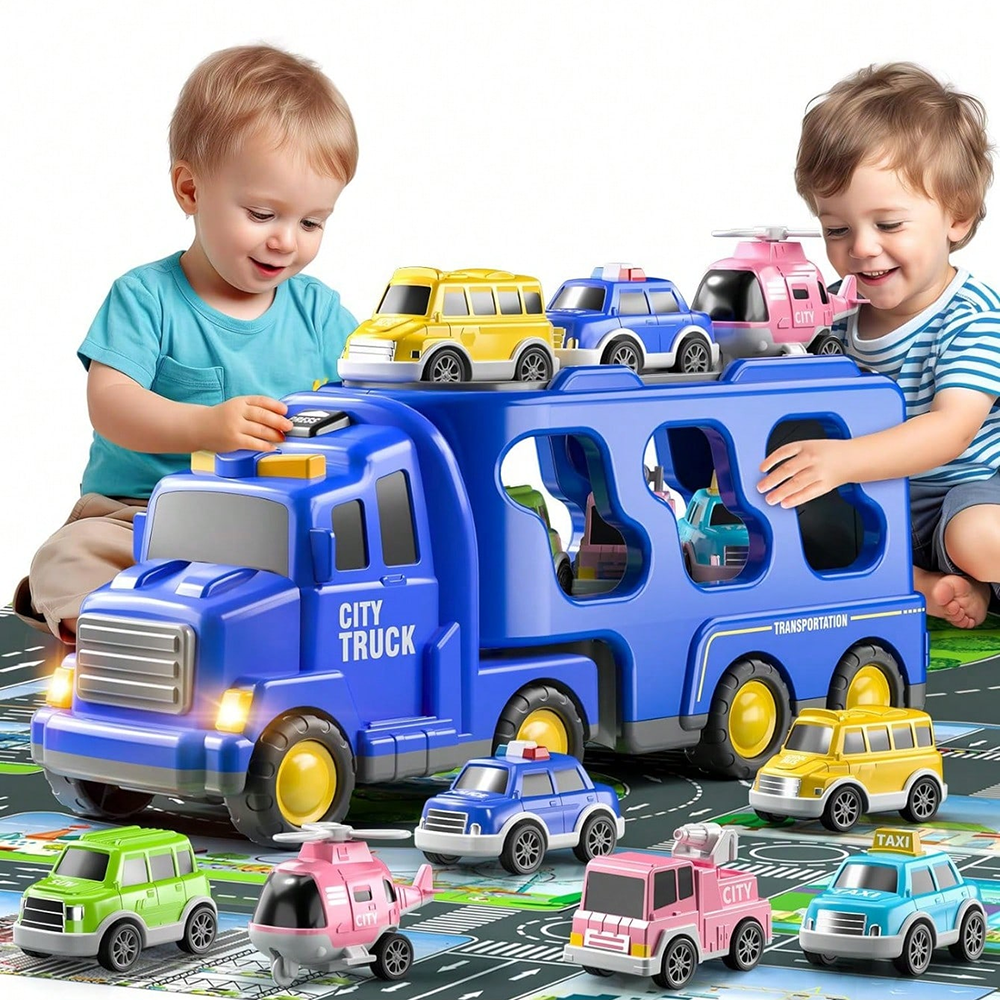
Tips for Organizing and Rotating Toddler Toys
Keeping boy toddler toys organized and engaging can make playtime more enjoyable and stress-free. A good system ensures toys are accessible, easy to rotate, and keep your child entertained.
Storage Solutions
Efficient storage keeps toys organized and minimizes clutter. Here are some practical storage ideas:
- Toy Bins and Baskets: Use labeled bins or baskets for easy sorting by toy type.
- Shelving Units: Install low shelves to make toys easily reachable for your toddler.
- Storage Boxes with Lids: Opt for clear boxes so you can see what’s inside without opening them.
- Under-Bed Storage: Use shallow bins to store toys not in regular use.
- Hanging Organizers: Hang storage bags or organizers to utilize wall or door space.
Choose durable, child-safe furniture and storage items to maintain a safe play environment.
Importance of Toy Rotation
Toy rotation is a strategy to keep playtime exciting. Rotate toys every 1-2 weeks to maintain novelty. Store unused toys out of sight and reintroduce them later. This minimizes clutter and reignites your toddler’s interest in familiar toys. Toy rotation also allows you to curate toys based on developmental needs.
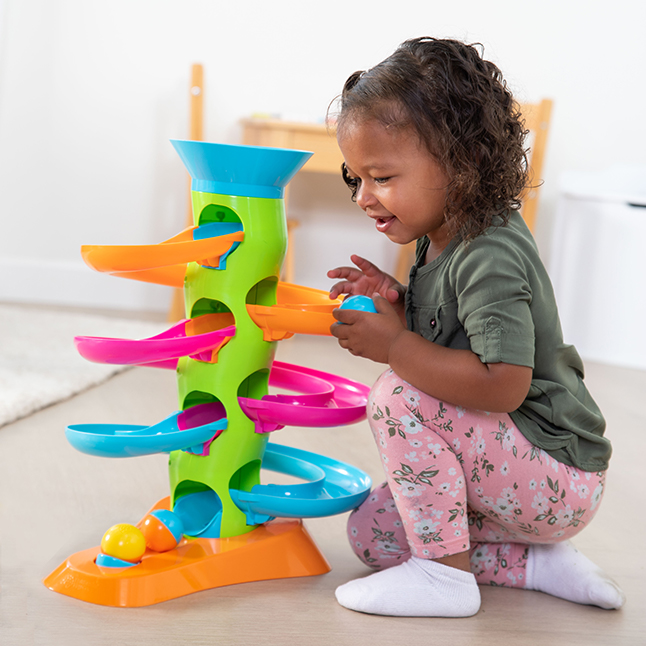
Maintaining Interest and Engagement
To keep your child engaged with their toys:
- Limit the Number of Toys: Fewer toys out at once help avoid overstimulation.
- Create Focused Play Areas: Dedicate spaces for pretend play, art, or building activities.
- Introduce Themes: Rotate toys based on themes, like animals, vehicles, or colors.
- Involve Your Toddler: Let them help organize and choose toys to foster independence.
Organizing and rotating toys ensures your toddler stays curious and fully engaged during playtime.
The Benefits of Outdoor Play with Toys
Enhancing Social Skills Through Outdoor Activities
Playing outside is beneficial for toddlers in ways that go beyond physical development. Outdoor playtime with toys provides opportunities for children to interact with their peers, which helps them develop essential social skills. Activities like playing with balls, ride-on toys, or playing in a sandbox encourage sharing and cooperation. Children learn to negotiate roles in play, take turns, and communicate their needs effectively.
Moreover, unstructured outdoor play allows toddlers to express themselves and experiment with different interactions. Whether organizing a simple game or building a sandcastle, children learn to navigate social dynamics, fostering essential skills that serve them throughout life. Encouraging outdoor play can lead to lasting friendships and shared experiences, which enrich their social development.
Encouraging Connection with Nature
Toys designed for outdoor use foster a connection with nature that is vital for healthy development. When toddlers engage with toys like frisbees, kites, or water hoses, they explore their surroundings, gaining an appreciation for the environment. Engaging with nature enhances sensory experiences, as toddlers touch blades of grass, feel the warmth of the sun, or listen to the sounds of birds.
Such experiences spark curiosity about the world around them. Outdoor toys offer limitless opportunities for imaginative play that connects children to nature, encouraging physical activity and fostering a sense of wonder. Parents can enhance this experience by organizing nature walks or outdoor play dates, further encouraging an appreciation for the environment.
Selecting Gender-Neutral Toys
Breaking Stereotypes with Choice
As parents look for boy toddler toys, it’s important to consider options that break gender stereotypes. While certain toys are traditionally marketed towards boys, many toys are gender-neutral and can foster well-rounded development. Selecting a diverse range of toys, including building sets, science kits, and art supplies, allows children to explore their interests without being limited by societal expectations.
Focusing on gender-neutral toys broadens a child’s play experience and encourages empathy. Children learn to appreciate diversity and share interests with peers of all genders. For instance, a toy kitchen can engage both boys and girls in imaginative cooking and role-playing, fostering creativity and collaboration.
Emphasizing Inclusivity in Play
Promoting inclusivity through toy selection allows children to understand and respect differences from an early age. Toys that include diverse characters, cultures, and professions help foster an inclusive mindset. Look for puzzles or action figures that showcase an array of backgrounds and abilities.
Many brands now recognize the importance of representation, leading to an expanded selection of toys that reflect the world around us. By choosing inclusive toys, parents can teach valuable lessons about respect and understanding, enriching their child’s playtime.
Planning for Holidays and Special Occasions
Thoughtful Gifting Ideas
Holidays and special occasions present excellent opportunities to introduce new toys into your child’s collection. When planning gifts for birthdays, holidays, or achievements, consider toys that align with your child’s interests, developmental stage, and play style. Personalized gifts can make the occasion even more special, with options such as custom puzzles or toys featuring their favorite characters.
Additionally, collaborative gift-giving can be a thoughtful approach. Family members can pool resources to invest in larger educational or active toys that a child can enjoy for years. These collaborative gifts often create lasting memories as children grow.
Experiences as Meaningful Gifts
In addition to tangible toys, consider gifting experiences that foster bonding and creativity. Enroll your toddler in art classes, sports activities, or outdoor camps that align with their interests and promote skill development. Experiences create memories that last a lifetime and instill values that go beyond material possessions.
Overall, while toys remain a focal point of childhood enjoyment, the experiences you create with your child play a significant role in their growth. A balanced approach to giving gifts can enhance their development, creativity, and happiness during their formative years.
The Meaning of Play in Early Childhood
In conclusion, the right boy toddler toys can shape their development, creativity, and social interactions. By understanding the importance of play and choosing age-appropriate toys, parents can create an enriching environment for their children. Amid the numerous options available, it is critical to focus on toys that foster growth across various domains, including cognitive, emotional, and physical development.
Play is more than just a way for children to pass the time; it is essential for their overall development. Through play, toddlers explore their passions, learn new skills, and form relationships with others. By providing a diverse range of toys that cater to their interests and capabilities, parents can nurture well-rounded children who feel empowered to explore the world around them.
Ultimately, the journey of play is a shared experience. Parents and caregivers are vital in guiding and participating in this journey. By choosing the right toys and fostering a supportive environment, you can significantly impact your child’s development and happiness. Enjoy the joy of watching your child grow and explore as they discover the wonders of play!
